The venerable book “Philippine Ancestral Houses” written by Fernando N. Zialcita and Martin I. Tinio, Jr. and published in 1980 was not only the first substantial volume to extensively discuss the various elements of 19th to early 20th century homes in the Philippines, but it also featured hundreds of photographs of these structures and entered them into the consciousness of thousands of heritage-keen readers of almost three decades ago (including the mid-teen version of me).
One such house raised to “standard-bearer” status on pages 114 to 121 of that book was a large structure bounded by MacArthur Highway and the river in the Bulacan town of Balagtas, formerly Bigaa. Here’s how it appeared in the book, more or less (the house isn't lopsided -- the large-format book on the letter-paper-sized scanner is):
and here’s how it looks today, unfortunately severely foreshortened in this shot (due to this photographer being too lazy to take the photo from across the road).
Since the photos of this house used in Philippine Ancestral Houses were taken in the late 1970’s, this structure has not fared all that well, unfortunately. A clue to these straitened circumstances is the loss of the finely-carved cupboard (originally used for storing salted meats and other delicacies) at the left edge of the façade, seen here in the book
and no longer seen here.
What is unchanged is the structure’s massive front elevation, as seen in the two photos above, as well as its even longer riverside elevation, seen here.
The intricate stone details on the column capitals are thankfully still all there.
The wooden bars of this ground floor streetside window are all accounted for.
The classical stone frieze right under the wooden second storey is still all there too.
And above the main door on the right side of the facade
is this intricate ornament on the pediment clearly stating the date of construction, making this quite possibly the oldest residential structure still standing in all of Bulacan. This early date makes it easier to appreciate why this house's floor plan, scale, and general appearance resemble its closer contemporaries in Vigan rather than its much younger siblings in this province.
We enter the main door into the dark ground-floor zaguan, carefully and cautiously, and are greeted by this iconic composition of stone staircase landing on the right and dungeon under the wooden staircase on the left, familiar to readers of Philippine Ancestral Houses.
and at these double doors leading to the bigger section of the zaguan.
Before we go upstairs, we have to get past this stern stick-wielding fairy.
Actually she’s one of the domestic help, and her stick is to drive off the wild and noisy dogs that uncharacteristically lord it over this illustrious mansion.
So here we go, climbing nearly two-century-old steps, with delicately turned finials at this end of the balustrades still firmly in place.
At the top end are not only identical finials, but also masterfully turned and carved-panel balusters, likely of dark, dense, and hardy balayong or ipil.
The antesala view of the grand staircase looks suitably grand, as the rest of the house promises to be.
Another iconic feature of this house is this “Prince of Wales feathers” ornamental carving over the main door from the antesala to the sala. Here’s how it looked like on page 197 of Zialcita and Tinio.
The authors posit that this decorative detail might have come along with the British engineers who were brought over to run 19th century Philippine sugar refineries. This design has been copied in, among others, the Museo De La Salle in Dasmariñas, Cavite. Today, it looks like this.
It seems that it has been modified somewhat or even replaced – note the dark outlines of the original on the white wall. (Has it been used in La Salle instead?)
In this antesala, just to the left of the Prince-of-Wales-feathers-topped double doors, is another interesting cultural artifact, though from the early 20th century – an upright Rachals piano from Germany.
with thoughtfully-provided carrying handles on either side.
For some reason, Rachals was an extremely popular make of piano in the Philippines at the turn of the century, though my family’s preferred piano restorer asserts that it was markedly inferior to its fellow German makes Grotrian, Zeitter & Winkelmann, and Steinweg, and even to Chassaigne Fréres of Barcelona (of which we had previously seen a specimen in bad condition in the Lino Reyes House in Malolos). Credit should probably be given to Rachals' Manila agent’s evidently superior marketing activities.
Apart from that, the good-sized antesala, however, is now bereft of its presumably once-sumptuous trappings.
And we wonder why the ceiling seems unusually plain versus what one would normally expect of a house of this era.
We next attempt to enter the sala through the main doors under those Prince of Wales feathers, but find that it is sealed from within. Instead, we make our way through a side door, towards the voladas (flying galleries) on the streetside
and notice that the ceilings over these voladas have disappeared.
This is the clearest indication yet of a reported fire a few years back that ate up the wooden ceiling braces that held up the heavy tile roof over the main part of this house. This is obviously why the ceiling that we observed earlier seems so plain.
Entering the main sala via this route, we behold this view overhead, showing the galvanized iron sheets that have since replaced the tile roof with upturned gables seen in the late 1970’s photograph from the book that we saw at the beginning, at least above the main body of the house on the streetside.
Below this room, the situation is not much better, as the Prince of Wales-feathered double doors apparently just conceal a distressing bodega of disused appliances and furniture.
On either side of this sala are arch-topped single doors leading to identical-sized bedrooms on the streetside. But access to them is blocked by even more decommissioned furniture.
Sneaking back out via the volada, we discover what is behind one of these bedroom doors -- more furniture, though these appear to be serviceable.
Looking back out from the sala towards the volada, while our path may be blocked by these scrapped furnishings
we notice what appear to be painted wall decorations, presumably original or at least very old.
We make our way back to the antesala, and take a look at another arch-topped door, also sealed, to one of the bedrooms whose other door to the main sala we saw earlier. What could be inside this impenetrable room? (Fire-charred corpses? A sharp-bladed pendulum swinging over a pit? The cask of Amontillado?)
We cross the antesala over to the rear of the house, which thankfully was not significantly affected by the fire of the roof over the main part of the house. It helped that this hallway to the kitchen and dining area has a stone ceiling!
And this is apparently where the remaining residents have fled to after the fire in the front part of the house, now setting up permanent living and sleeping quarters here.
Right outside this kitchen-backroom area is the azotea
where the top of the still serviceable water well column can be accessed.
The azotea provides views of the rear facade of the main part of the house.
To which we return to, to see if we can find other saving graces in this much-distressed and -faded old lady of a house. Fortunately, there is another room, at the top of the main staircase, behind these wall panels
and accessed through this Holy Spirit-topped doorway
which predictably enough contains the family’s large collection of antique processional santos, starting with the town’s patron, San Lorenzo Martir, here shown without his gridiron.
Santa Maria Magdalena is to his left,
the Blessed Virgin Mary,
and finally the Risen Christ.
All of these images share space on top of a long vestry cabinet, similar to what was standard in churches’ sacristies for a long time.
There is however another processional image that has a large and unusual antique desk to itself – this exceptional Nazareno, or the First Fall of Christ, with its accompanying cross all wrapped up in the corner.
It is not clear to me how old the image actually is, though the paint seems newish. However, the sculpture is not bad, and the staging, with Christ more fallen and bent than the Quiapo prototype on which the vast majority of Nazarenos in the Philippines seems to be modeled, is excellent.
Elsewhere on a stone wall in this space is mounted a newer image of the Sacred Heart, benevolently watching over its much bigger companions and seemingly providing hope for the future of this illustrious house and its contents.
We then make our way back to the antesala just outside this room and from there descend the grand staircase.
Before stepping out into the street, we beg our gracious host to show us the contents of the locked portion of the zaguan
where we get to see the family’s extensive collection of carrozas enlisted to bear the religious images upstairs.
They even have a seemingly antique albeit simple and unassuming metal-on-wood calandra
though it is unclear where the Dead Christ is – perhaps in the church not far away?
This zaguan with its most interesting contents unfortunately leaked slimy liquids in various spots and stank a great deal, almost like a setting from a cheap horror movie. Our guide clarified matter-of-factly that this was mainly dog pee from upstairs, trickling through the gaps in the floorboards overhead.
And lest we end this visit anti-climactically with an unscheduled baptism of canine fluid, we thanked our hostess, conveyed our sincere appreciation for this apparently very rare opportunity to visit, and stepped out into the busy street outside.
As to what might happen next to this tarnished gem of a heritage structure, it is reportedly firmly in the hands of original family members, who have had long-running and vague plans to extensively restore it. There were also indications that it was keenly eyed by the proponent of that controversial Bataan seaside collection of relocated ancestral houses – thankfully, that plan, if ever it existed, has not (yet) been actualized.
But even on its original site, this is certainly a worthwhile restoration project. Its location along the river and fronting a tolerably busy stretch of MacArthur Highway still presents good prospects for genteel provincial living. The opportunity to care for all those processional images, if they were made part of the arrangement, would be a distinct attraction to a fair number of heritage junkies. And Balagtas is anyway fairly accessible via either the Bocaue or the Tabang Exits of the North Luzon Expressway, making it quite easy to commute to and from the big city, with Quezon City just over half an hour away.
Ignoring for a moment the fact that Balagtas is a couple of towns away from Malolos and is therefore many kilometers away from my preferred home base, I myself would be keen to live in such a floor area-rich (my main consideration) structure as this one, and therefore would be quite open to undertaking the required restorations myself, if the property could be acquired at reasonable cost.
So just let me know, Messieurs and Mesdames Constantino – you know where to find this heritage junkie. J
Originally published on 28 August 2008. All text and photos copyright ©2008 by Leo D Cloma. The moral right of Leo D Cloma to be identified as the author of this work has been asserted.
Original comments:
Original comments:
zambaleno wrote on Sep 19, '08
The derelection of so many of the Philippines's significant architectural artifacts is a sad business. Here in the U.S., the retoration of the many plantation architecture of the South (particularly in Louisiana) has made those areas a booming tourist attraction and paved the way for a more invigorated restoration undertakings. If only it would take root in the Phil.....
Murvyn R. Callo
rally65 wrote on Sep 19, '08
zambaleno said
The derelection of so many of the Philippines's significant architectural artifacts is a sad business. Here in the U.S., the retoration of the many plantation architecture of the South (particularly in Louisiana) has made those areas a booming tourist attraction and paved the way for a more invigorated restoration undertakings. If only it would take root in the Phil.....Murvyn R. Callo
Hi Murvyn -- Indeed heritage can be a viable industry even in the Philippines, as Vigan and some other smaller places have shown. However, spending visitors and therefore economics are not always certain, especially in a developing country such as ours.
The alternative is for motivated individuals to undertake restoration projects for their own personal utility and satisfaction, e.g., to use the structures as private residences. There are not many such people admittedly, but this is where it starts. |
jsfrom wrote on Sep 19, '08
rally65,
Thanks for dedicating so much time in bringing this beautiful detailed account of this architectural jewel of Bulacan. Some people say, if you wished for it hard enough and pray fervently enough, God might just grant it to you. So, let us both wish and pray for it. Who knows, complete strangers like us could one day partner together in preserving our heritage..... from Chicago. |
18332 wrote on Sep 19, '08, edited on Sep 20, '08
pagbati sa iyo kaibigan,
ako po ay isang baguhang arkitekto na may pagtingin sa mga gusali ng nakalipas. at ikinalulungkot ko po ang kinahihinatnan ng mga pamanang gusali ng nakalipas. ito pong bahay na batong ito ay aming pinag-aralan sa aming kurso sa arkitektura, ngunit hindi ko maisip na ito na po ang kalagayan niya ngayon. hindi ko masisi ang may-ari dahil hindi ko alam ang kanilang dahilan kung bakit ganito na ang anyo nito. marahil ay dahil sa kakulangang pampinansial para tustusan ang pagpapanatili nito, o masasabi nating walang langinteres sa pamana ng ating nakalipas. nakakalngkot... nakakalungkot... nakakalungkot... na makitang naghihingalo ang ating pamanang mga bahay, gusali at imprastraktura. at ang kawalang pakielam ng pamahalaan na iligtas ito. ano pa nga ba ang ating aasahan?.... kung ang gusali nga na pag-aari at responsibilidad ng pamahalaan gaya ng metropolitan theater ay hindi kaya isalba; ito pa kayang nasa kamay ng pribadong tao. sana nga ay mapunta ito sa mga nagmamalasakit sa ating kultura gaya mo kuya rally (leo) kesa sa kamay ng mga negosyanteng nais kumita ng mas malaki kahit ibenta ang sariling nakaraan. sinasabi nga na anong saysay ng pagunlad kung ang ating kasaysayan ay wala.... bilang isang propesyonal, kami din po ay maymalaking responsibilidad para mapanatili ang ganitong mga yaman ng bayan. kayat sa aking bahay o gusaling idinesenyo ay hanggat may mapapakinabangan pa ako sa mga itnangal ng lumang parte nito ay pinaguukulan ko ito ng panahon at isip para bigyan ng puwang sa makabagong panahon. maraming salamat. arch. von |
zambaleno wrote on Nov 16, '08
Hey Leo, how much would the going rate for neglected buildings such as this. It is a magnificent structure but a financial nightmare to rehabilitate and refurbish.
|
rally65 wrote on Nov 16, '08
zambaleno said
Hey Leo, how much would the going rate for neglected buildings such as this. It is a magnificent structure but a financial nightmare to rehabilitate and refurbish.
It's very difficult to determine a "going rate" as such -- because there is a very thin to practically nonexistent market for these structures.
The few that I have come across that were supposedly for sale (see earlier entries in this blogsite) were really quite overpriced, in my opinion. The basic problem seems to be that the owners have based their valuation on the land on which these houses stand, and since they are often right next to prime commercial property in the center of town, the prices per square meter tend to be top-tier. What the owners fail to realize is that these properties are not commercial but strictly residential -- unless one demolishes the house, which defeats the purpose of even considering a purchase. Hence they have usually gone unsold for years or even decades. I believe that if one could be acquired at a reasonable cost, renovating it should not amount to a financial nightmare. My own back-of-the-envelope financial evaluation tells me that the resulting renovated and restored ancestral house would not cost significantly more (possibly even less) than a brand-new structure of equivalent size and quality, BUT would be inimitably authentic besides. |
zambaleno wrote on Nov 17, '08
Would it be an option to just buy the structure and move it to your desired location? That way, you can have the house without having to pay inflated prices for the overpriced location.
|
rally65 wrote on Nov 17, '08
zambaleno said
Would it be an option to just buy the structure and move it to your desired location? That way, you can have the house without having to pay inflated prices for the overpriced location.
That's what I have occasionally proposed to certain sellers, but they usually refuse.
They tell me, find a buyer for the land first (at their inflated price) before you demolish and relocate the house. Needless to say, I haven't found anyone willing to buy the land at their asking price. |
vinsnyc wrote on Dec 26, '08
Rally65, do you have information on the Constantino family who owns the house. My great grandmother was a Constantino and I'm trying to create a family tree. You can email me private at vins_nyc@yahoo.com and I can give you more info. Thanks
|
wiolono wrote on Jul 4, '10
rally65.im currently conducting a research on the Constantino house, and i would like to ask if you have any contact information on the Constantino family? I need to ask some questions on the house's history. Can you e-mail me?here's my e-mail address: xabeulahephzibah@yahoo.com. thank you!
|
broste wrote on Aug 6, '10
hi leo! kayo ba yung actually na pumunta dun sa bigaa? we're distantly related kasi sa mga owners/occupants ng old house. dyan pinanganak ang mommy ko & her elder sisters because they used to live there (my lolo vicente constatino mendoza is a 1st cousin of the last to live there, si lola juling constantino). from what i've heard recently, namatay na yata si lola juling (the last in the brood) and i dunno kung sino na'ng nakatira ngayon dun. we used to have our family reunions there. balita nga namin eh pinupuntahan nina jose rizal & co. yung bahay na yun nung araw. pero matagal-tagal na rin akong hindi napunta dun...mga early 90's pa yata last ko. dati kasi namamasko pa kami kay lola juling.
anyways, maraming salamat sa pag-post ng mga pics...naging nostalgic tuloy ako for a moment :-) edwin (san pedro apostol from flickr) |
rally65 wrote on Aug 6, '10
Oh, I didn't know that the old lady had died -- she was still alive when I visited (if she's the same one). I wonder what will happen to this house now. I wish that they would just let me buy it! Ha ha ha.
|
jamaica1ph wrote on Sep 29, '10
Leo, we visited this house in 1988 and it was still in good condition.. so sad that distinct "refrigerator box" is no longer there.
I didn't realize that this house is much older than the quaint Bustos house (if i remember it right?). |
rally65 wrote on Sep 29, '10
The fire some years back really distressed this house. I hope that they get to fully restore it somehow.
I think that the Bustos stone houses are also old, though I don't know if they are older than this one. Their use of carved stonework is very similar to that on the Constantino House. (I haven't visited any of those Bustos stone houses -- I hope that one day I may.) |

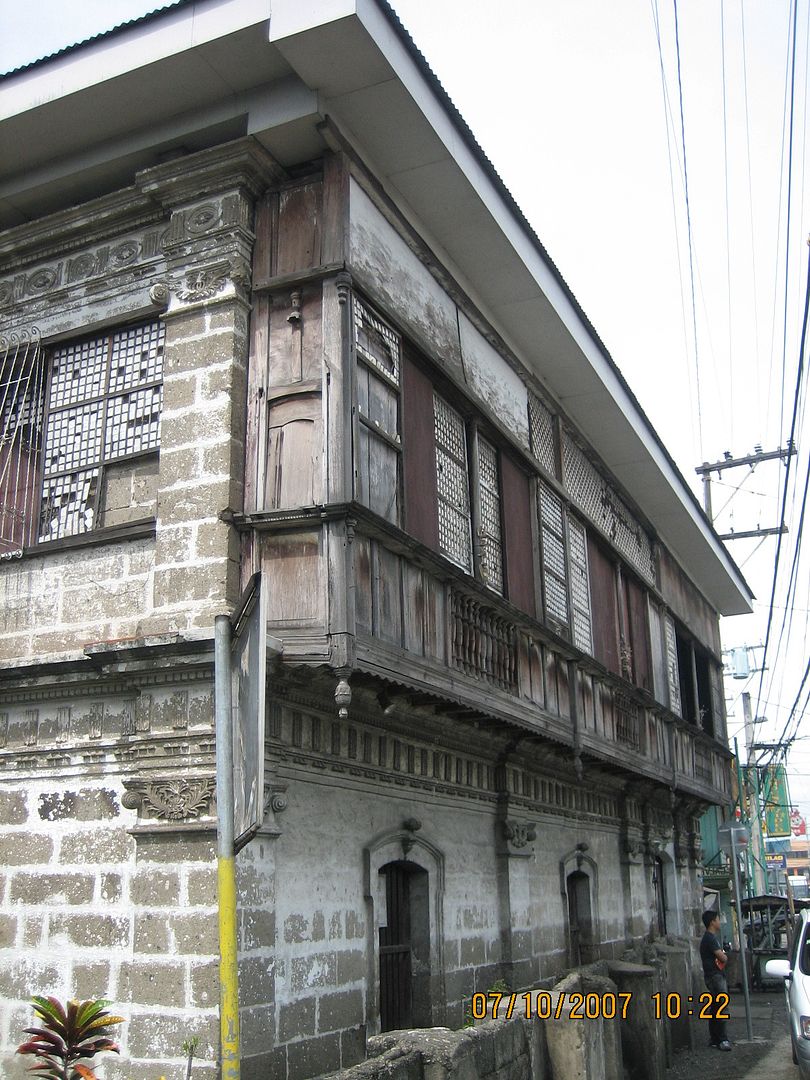
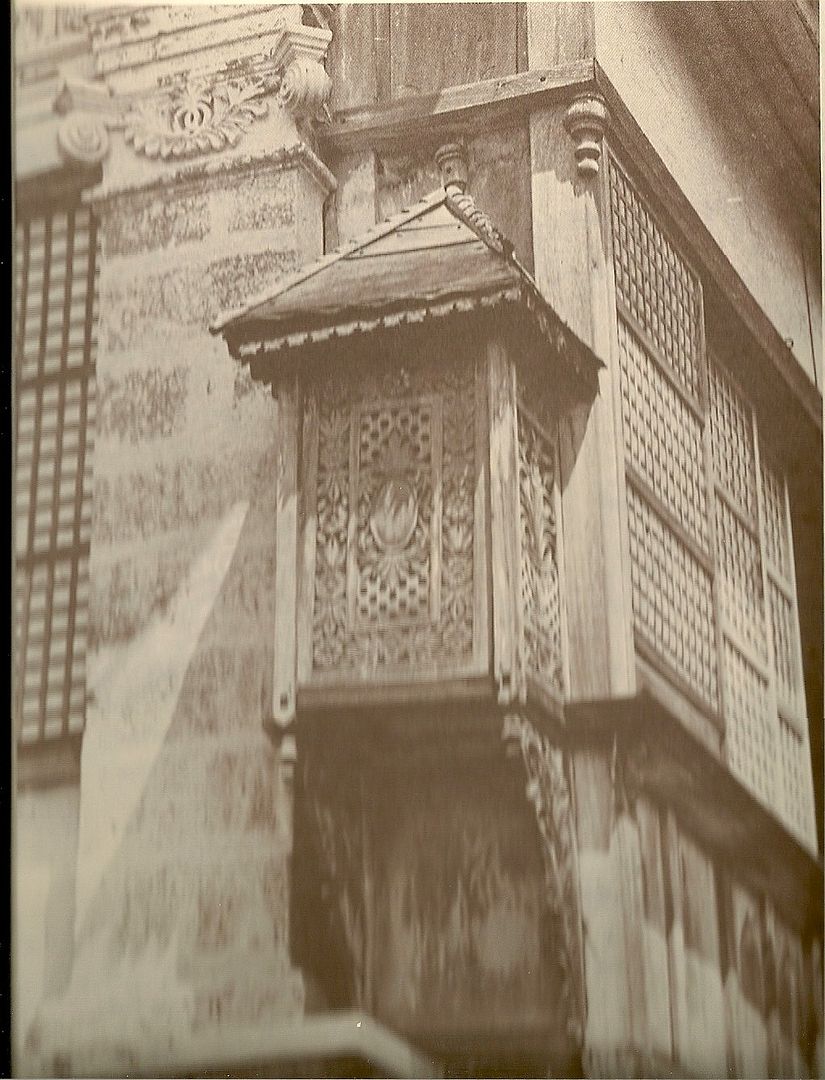







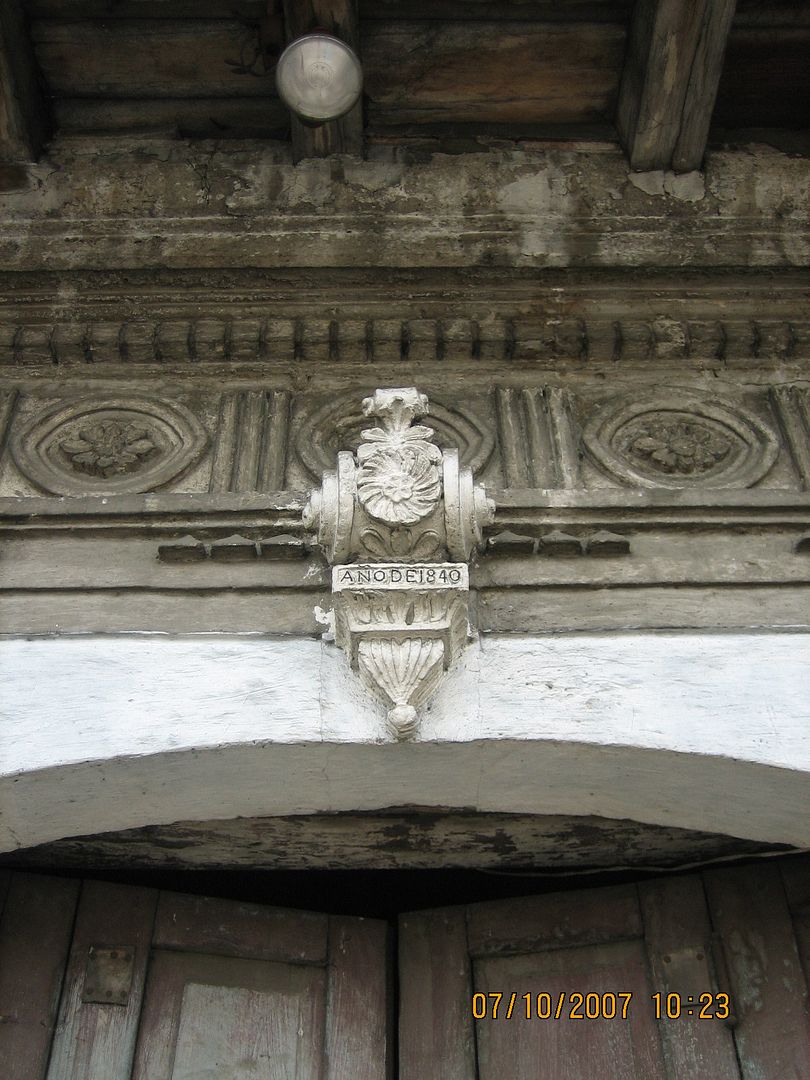


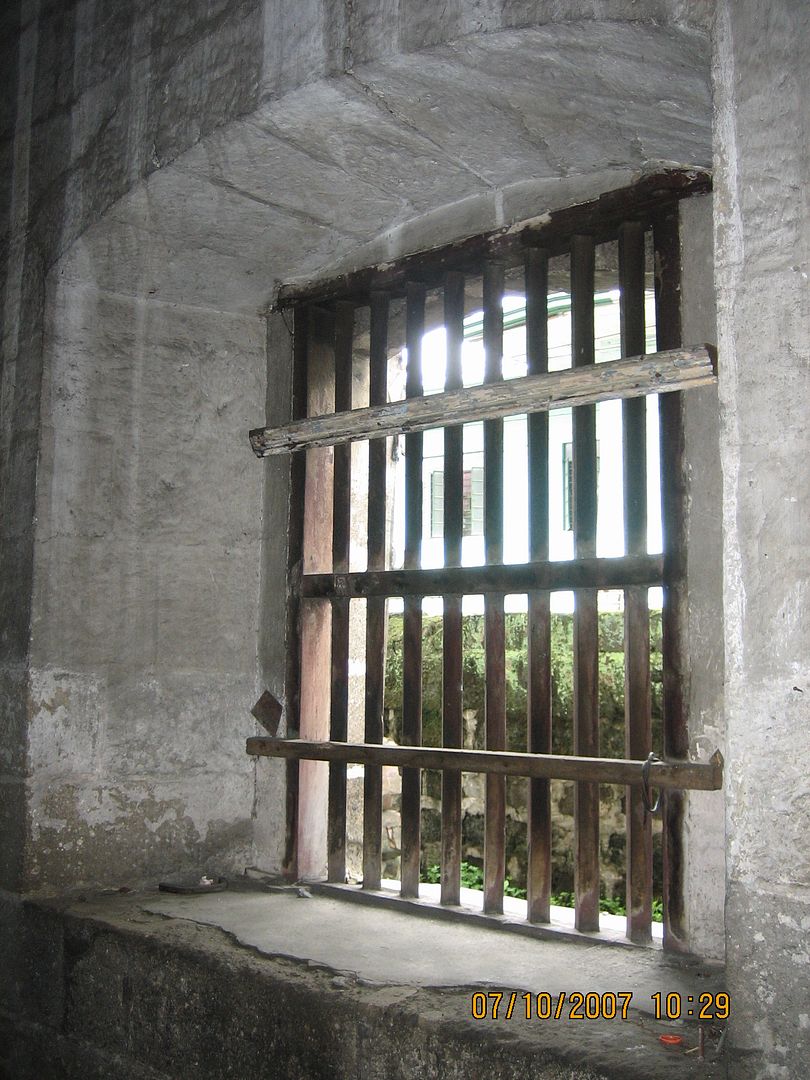
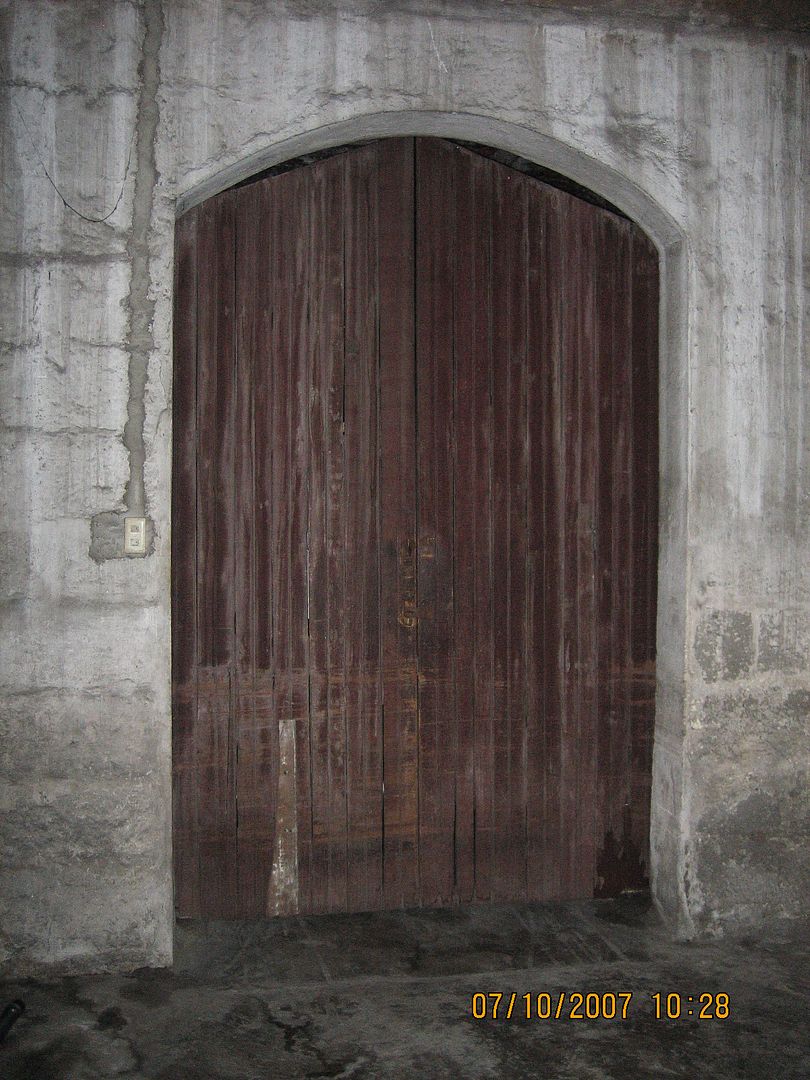
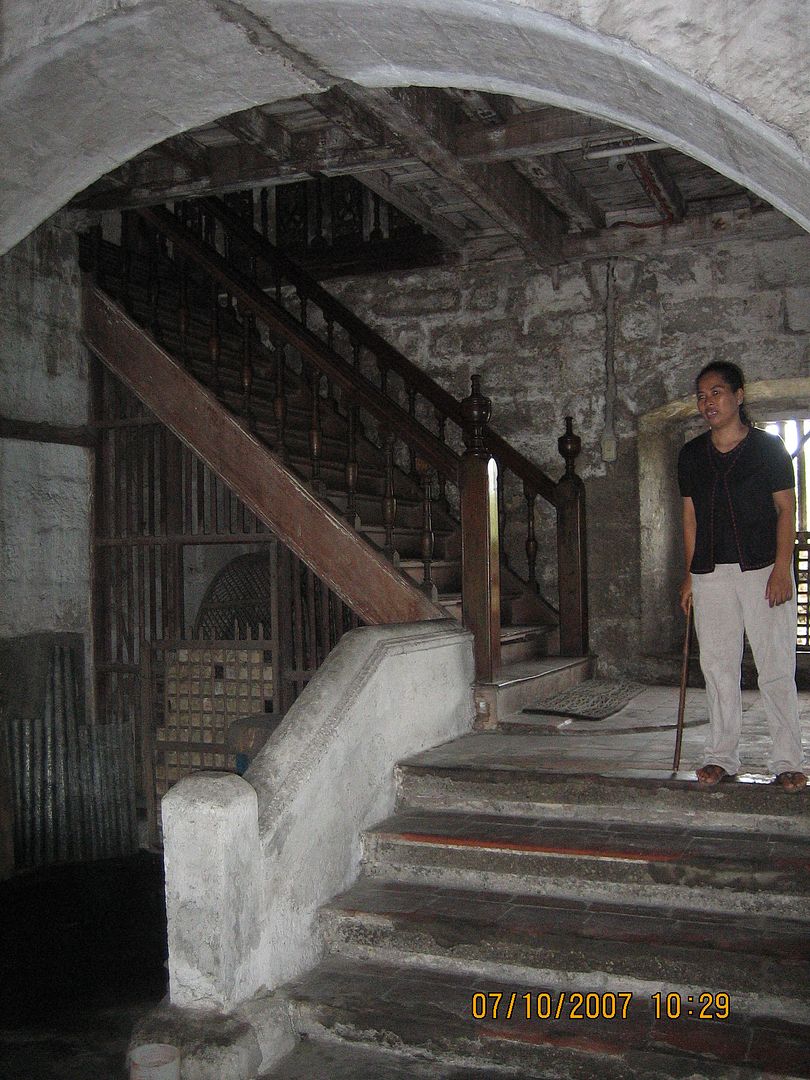
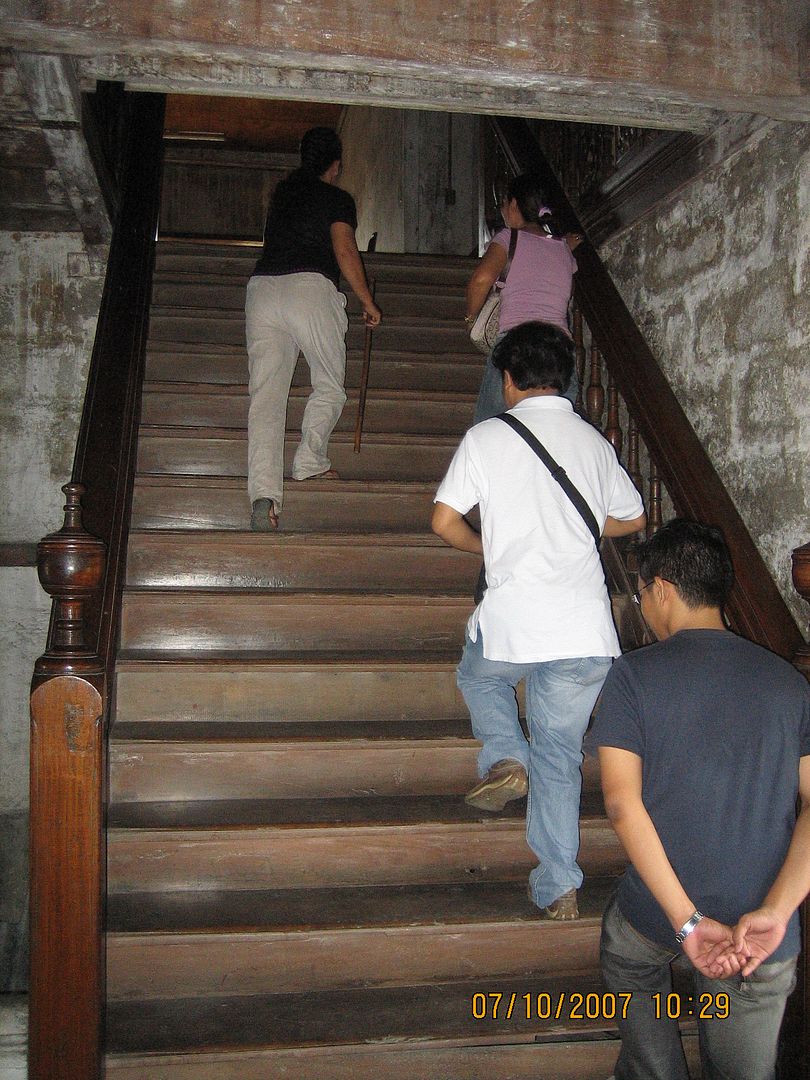
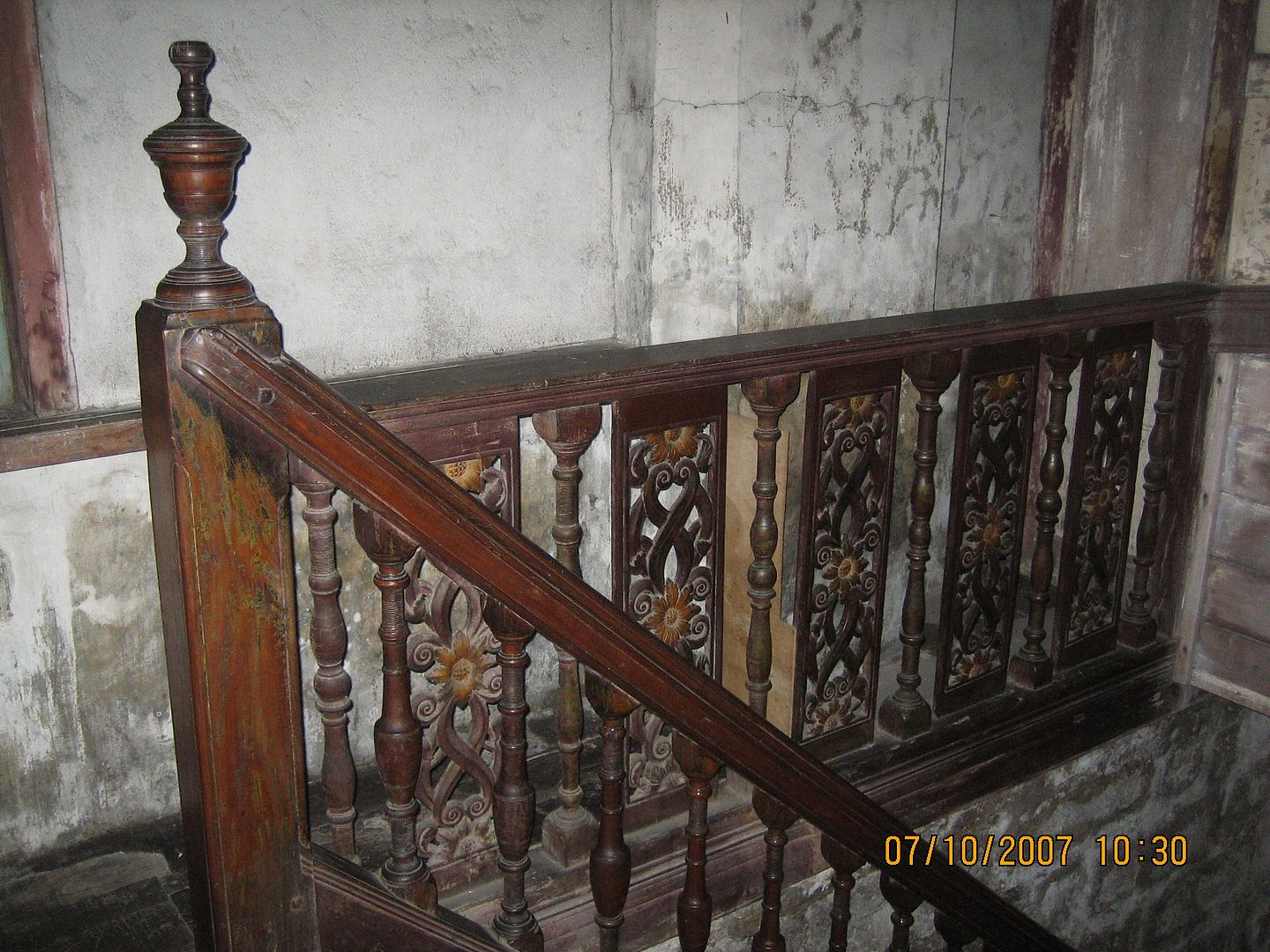
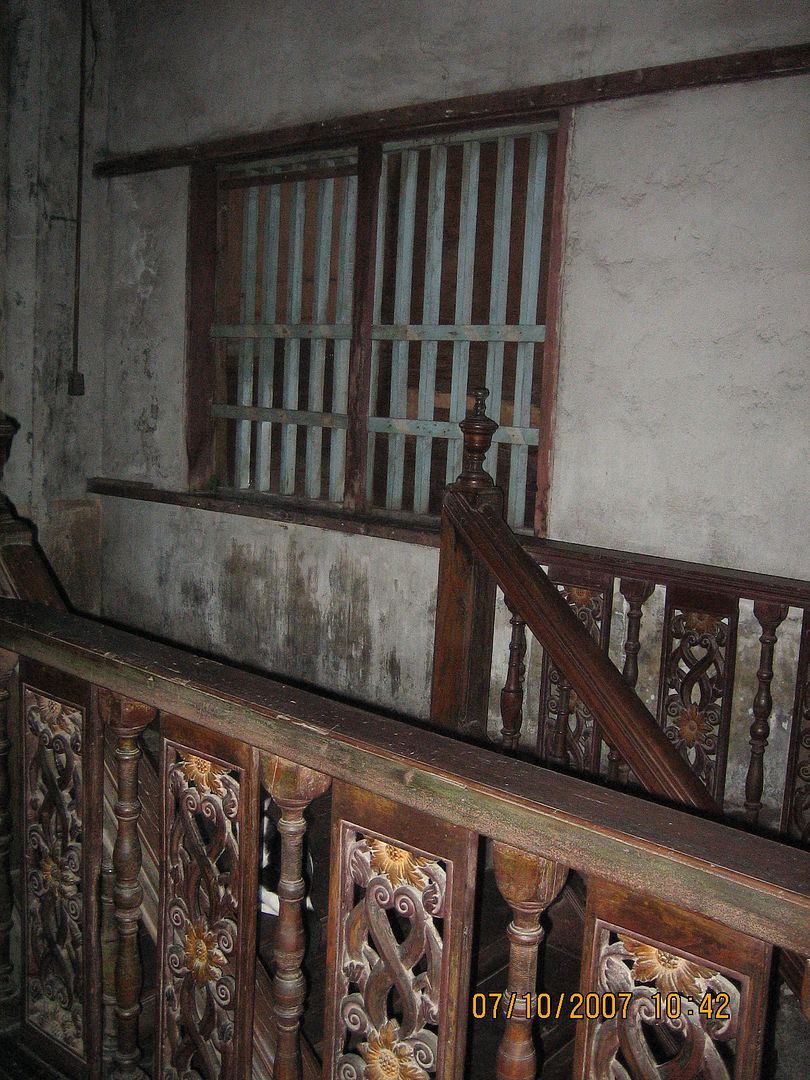

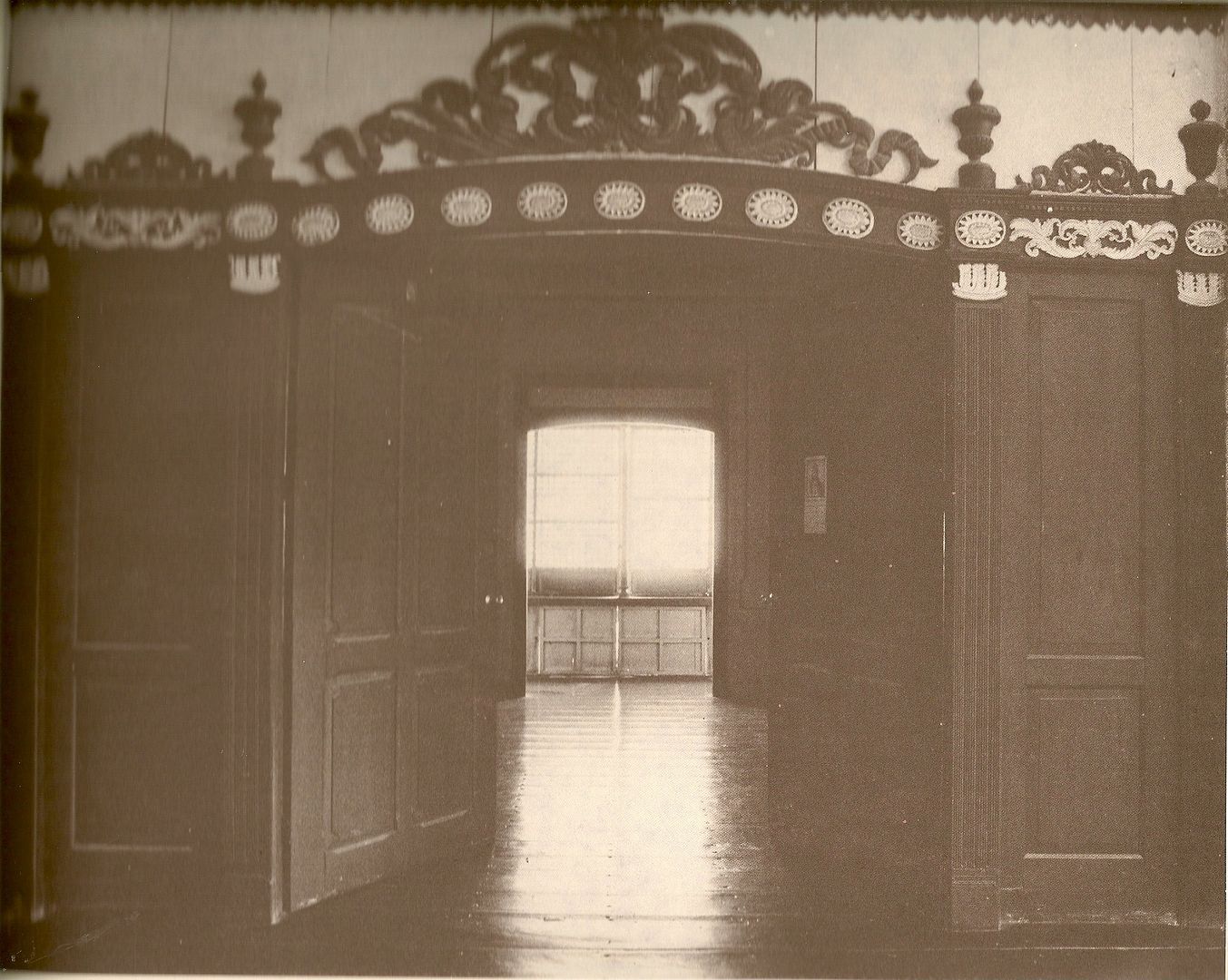

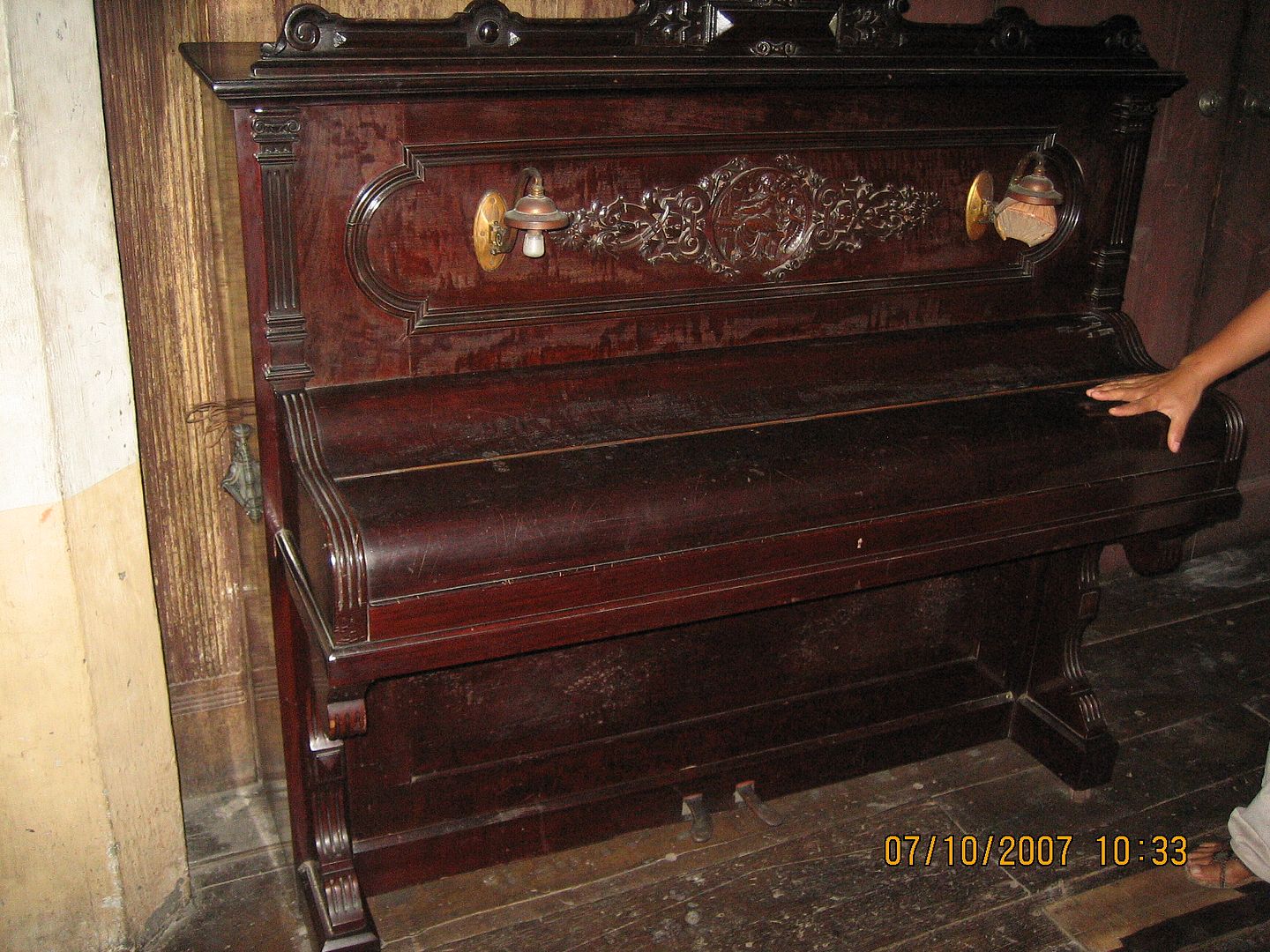
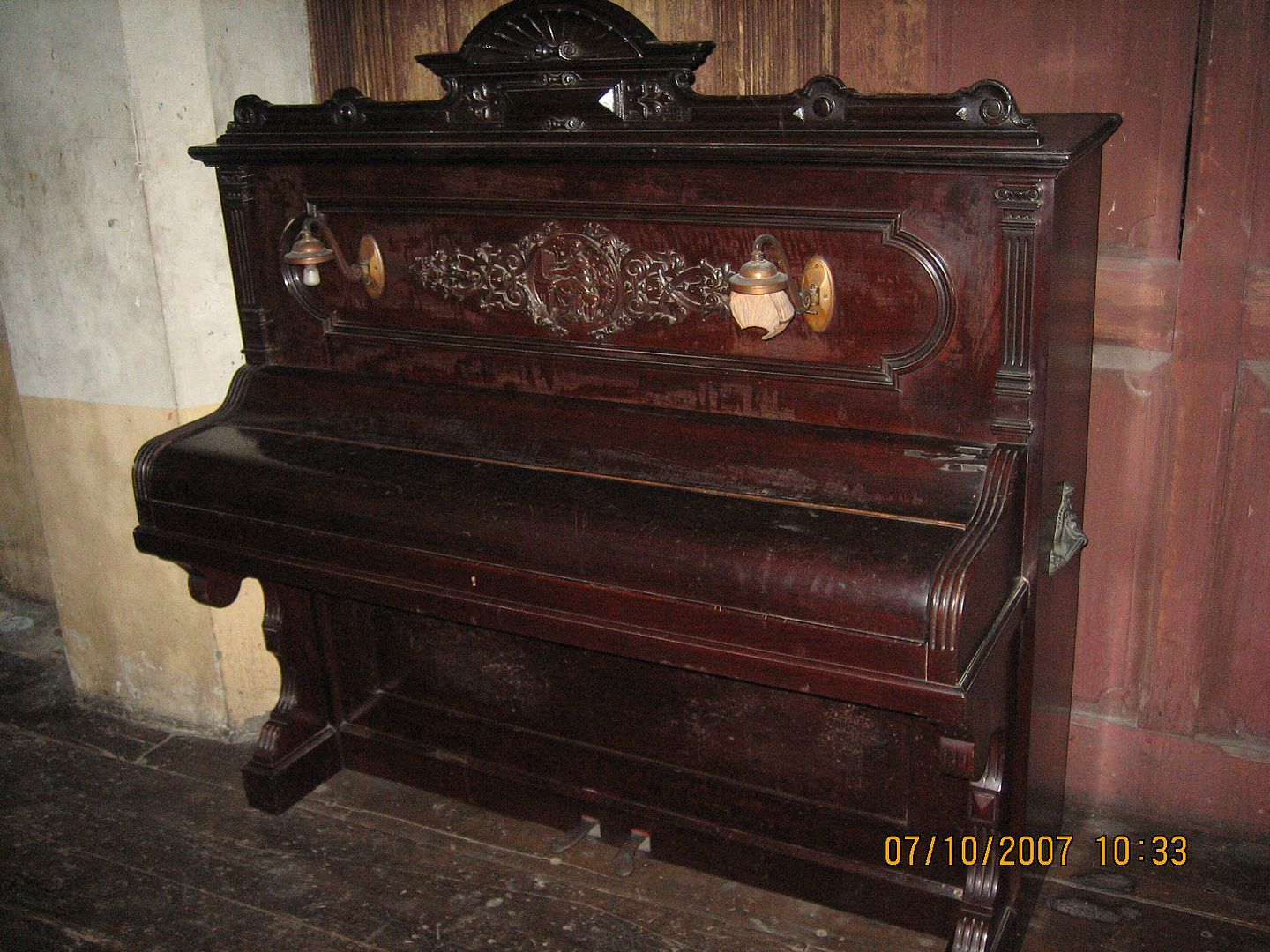


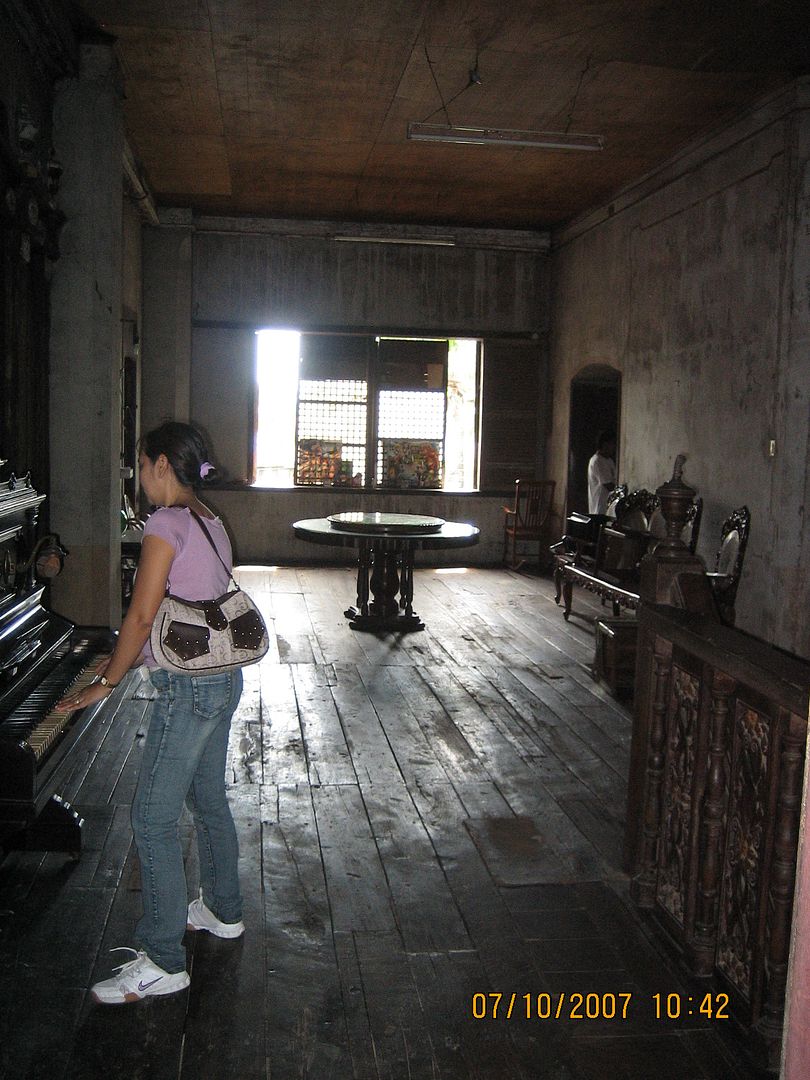

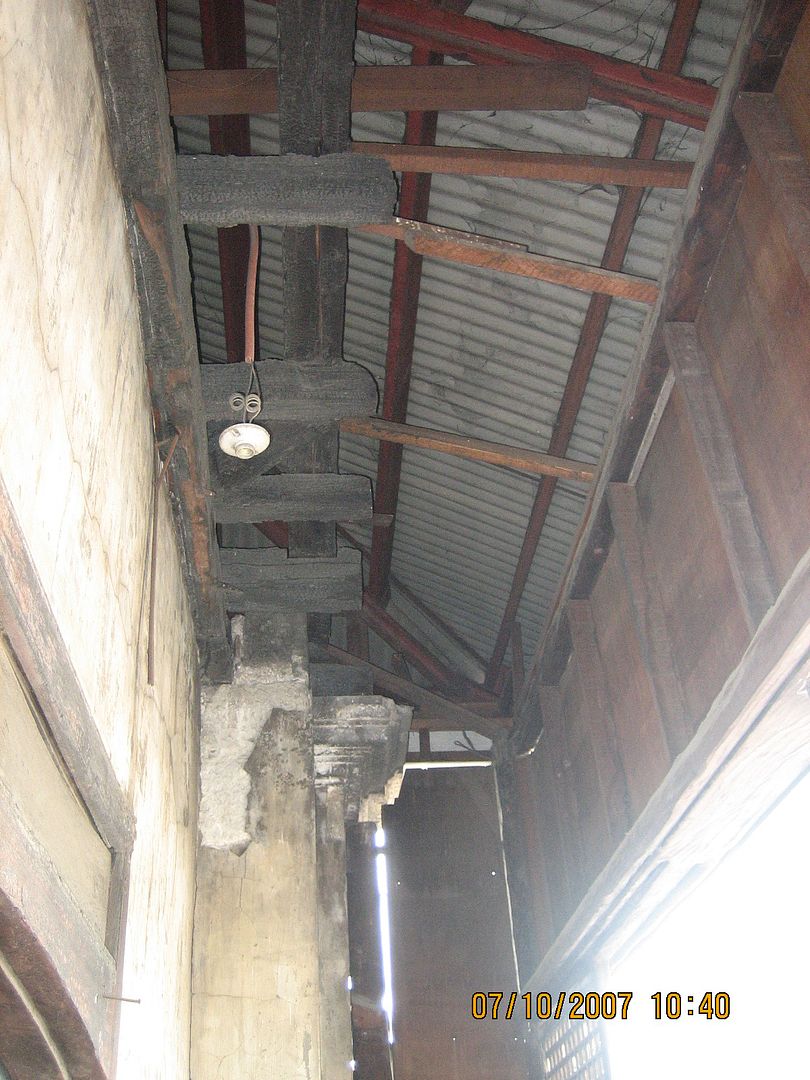

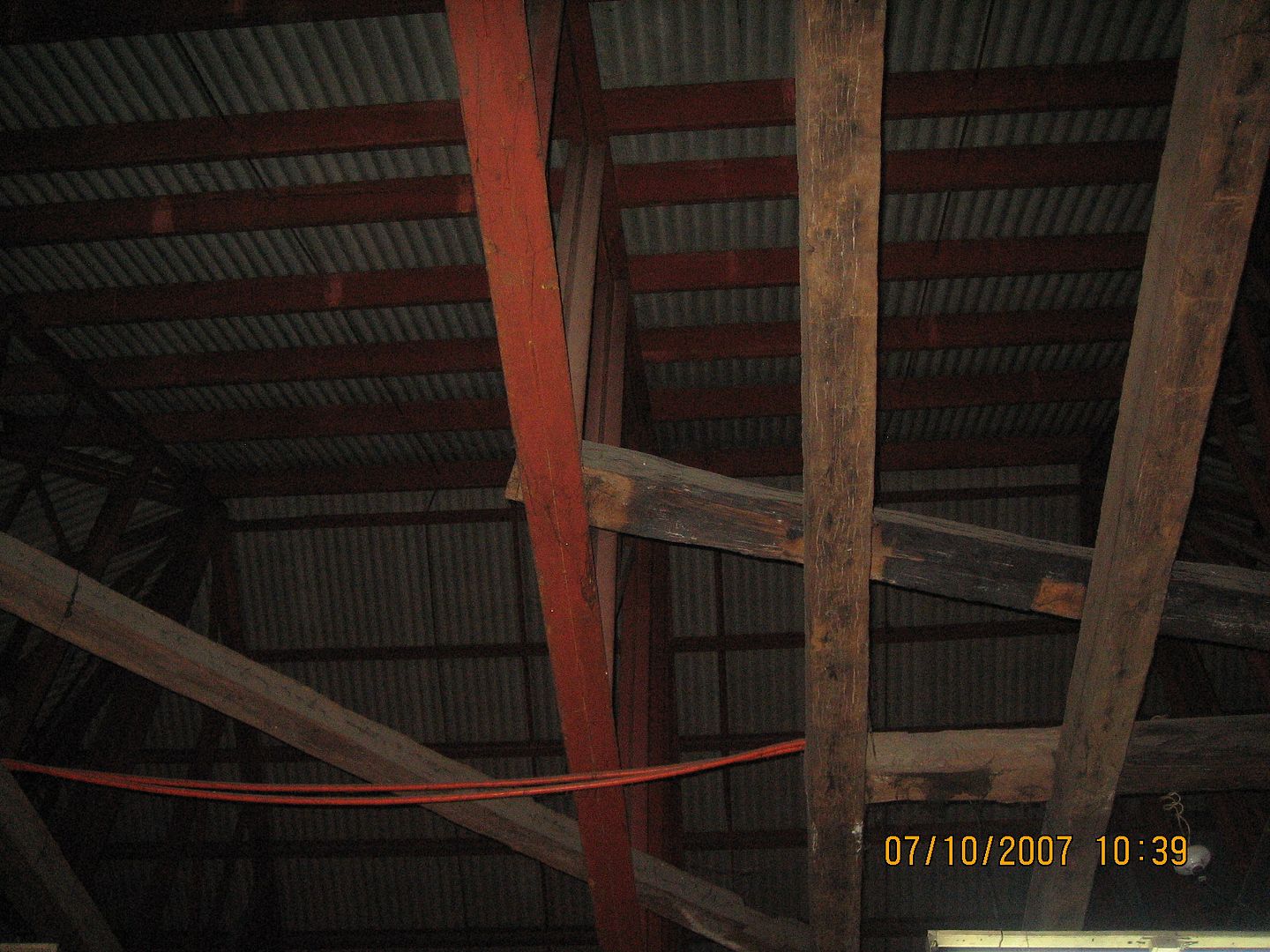

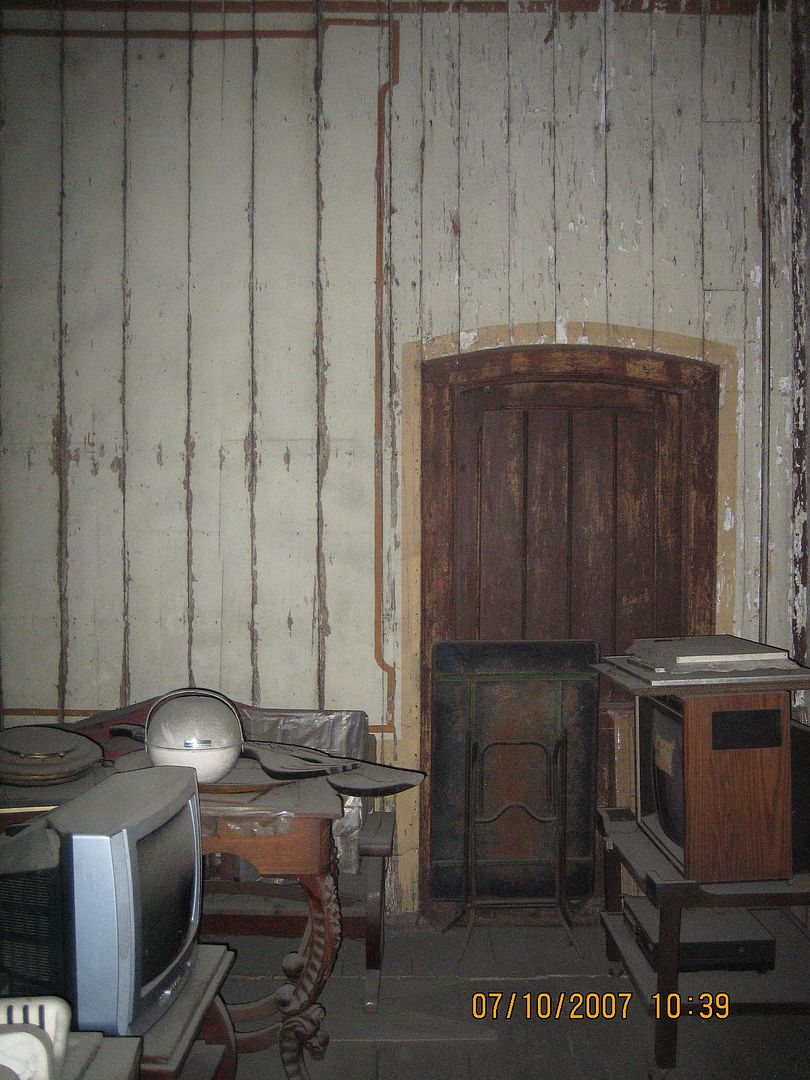


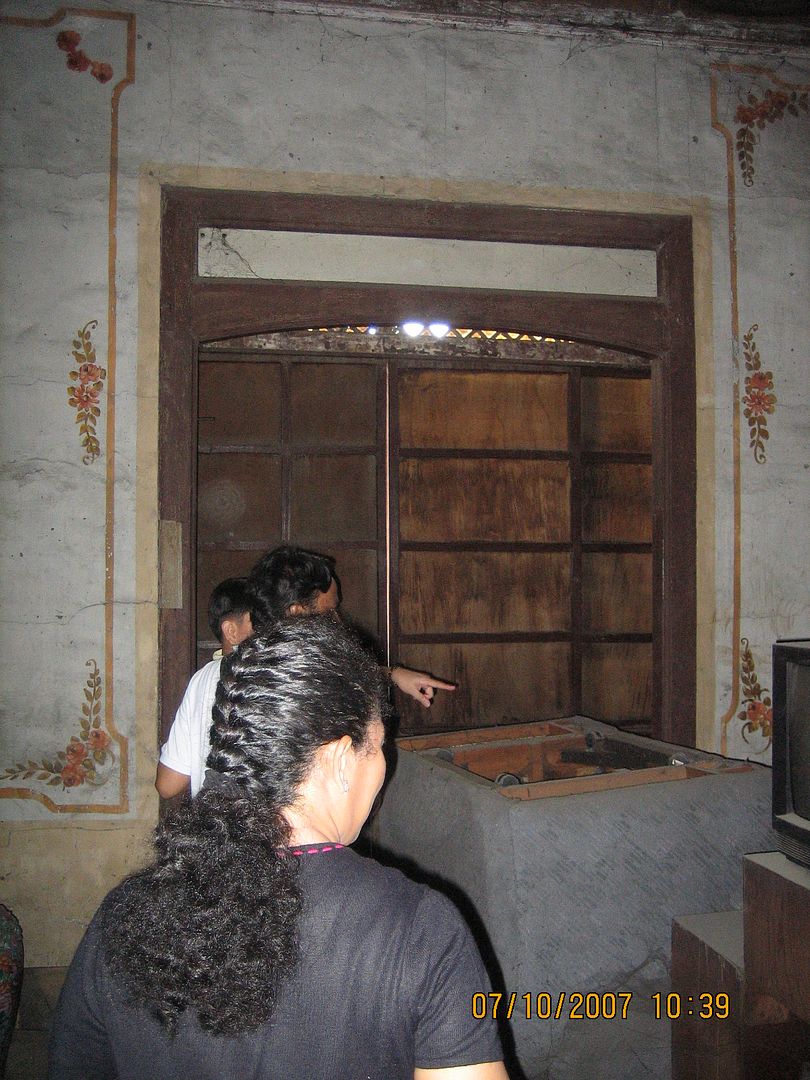


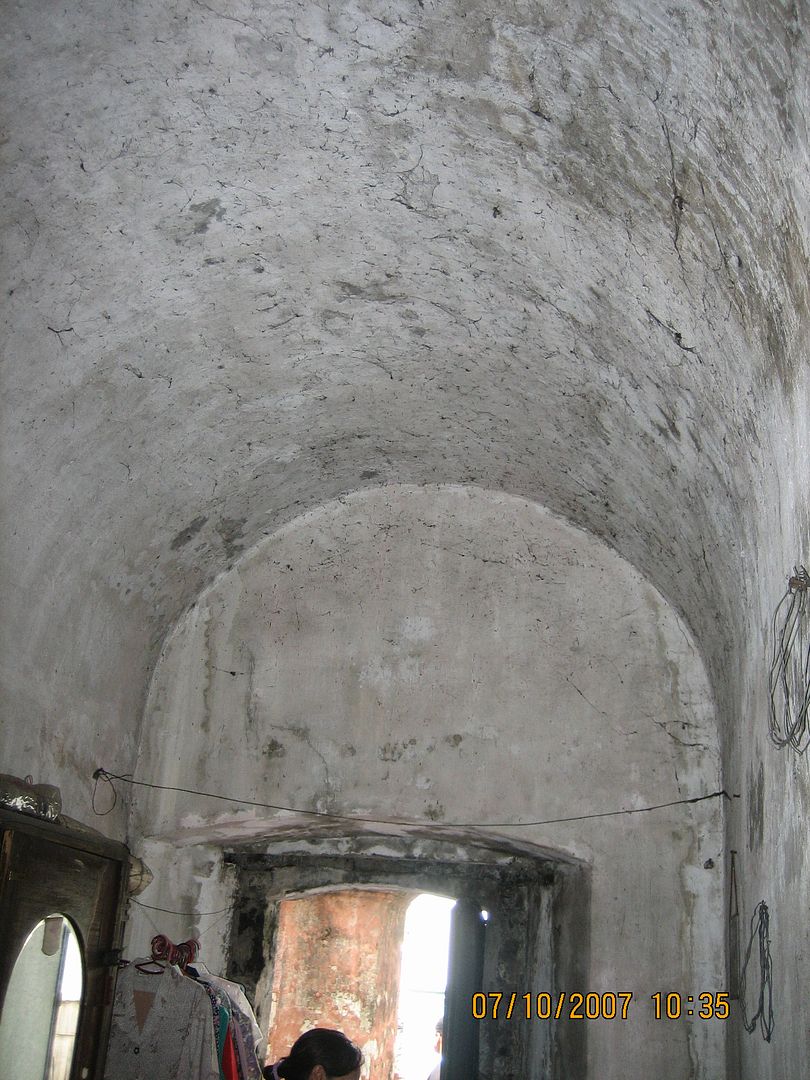
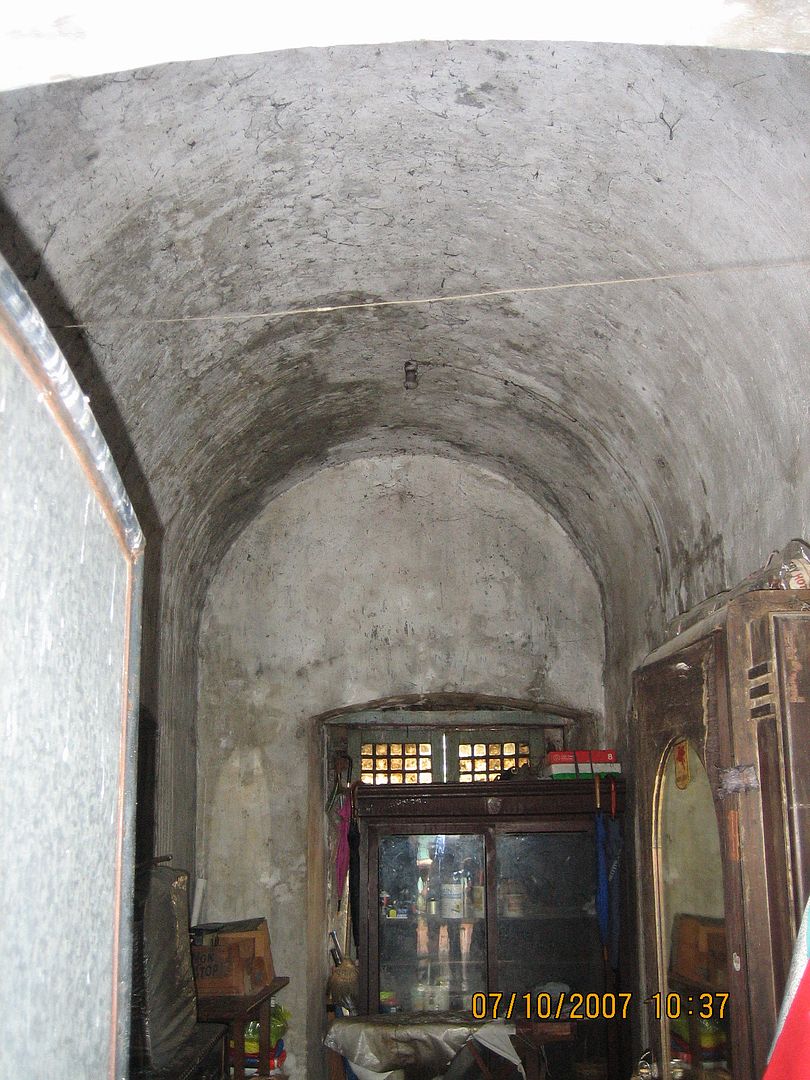
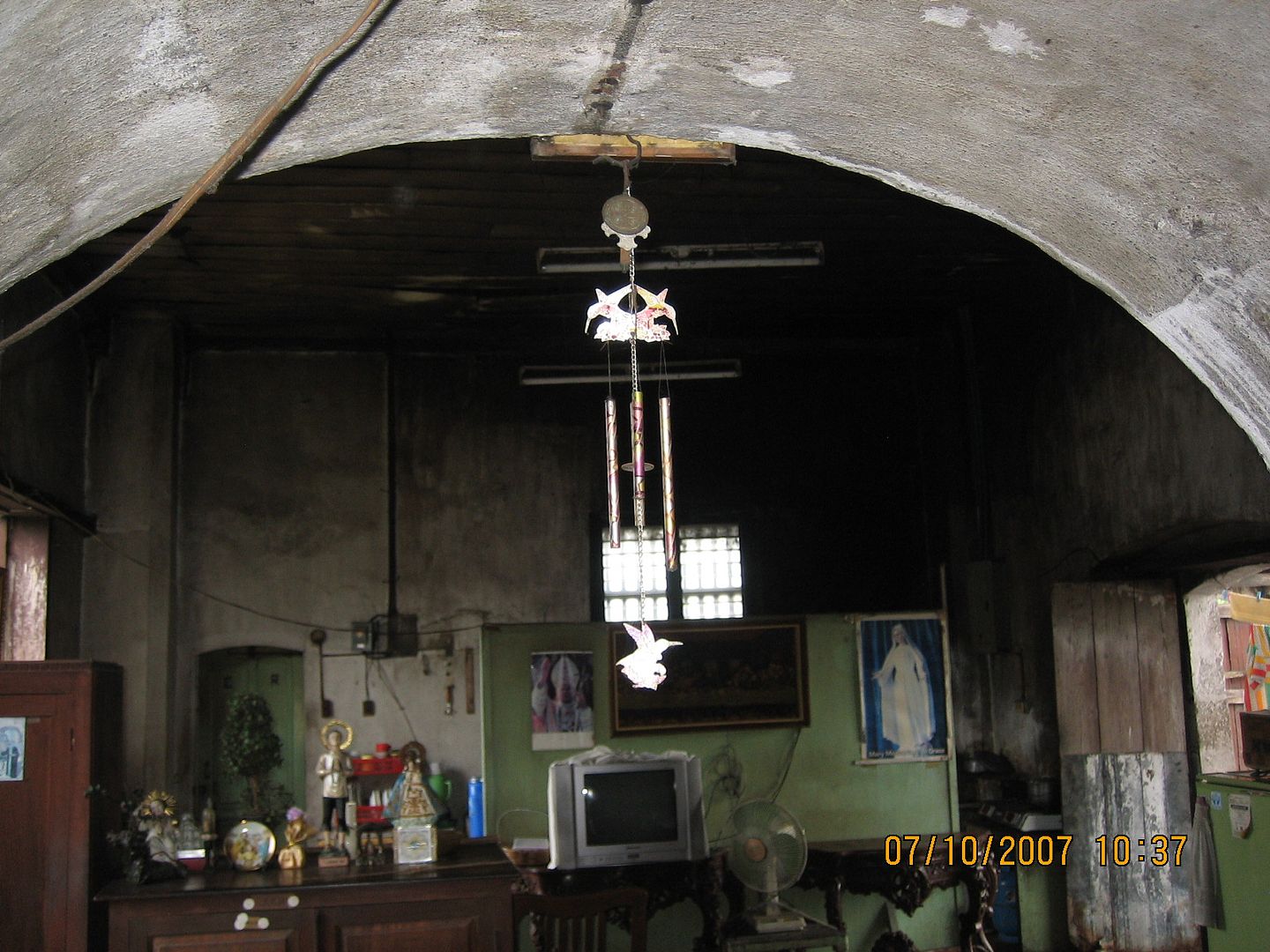

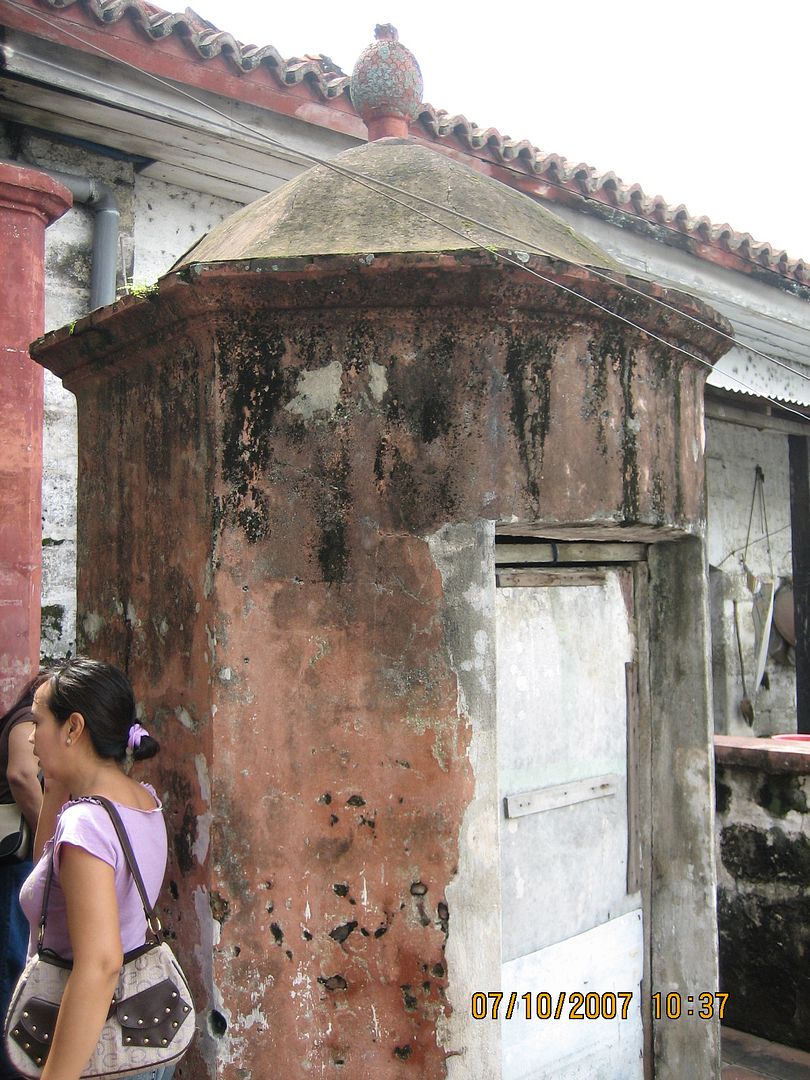

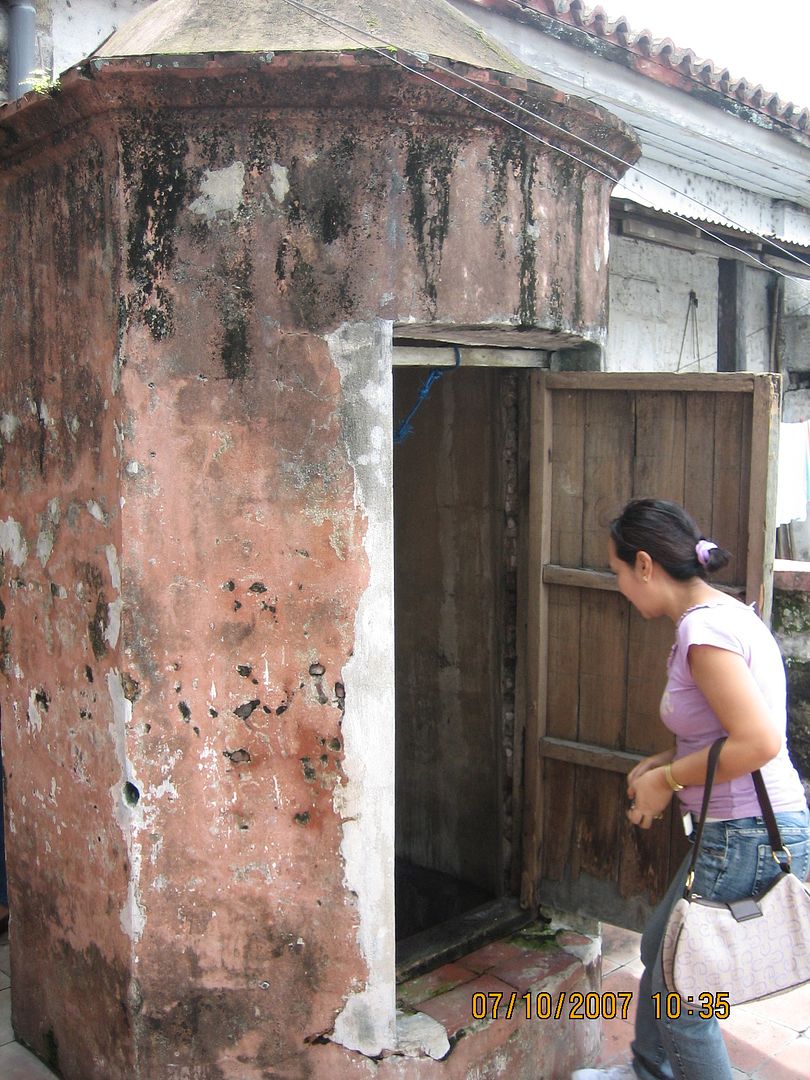
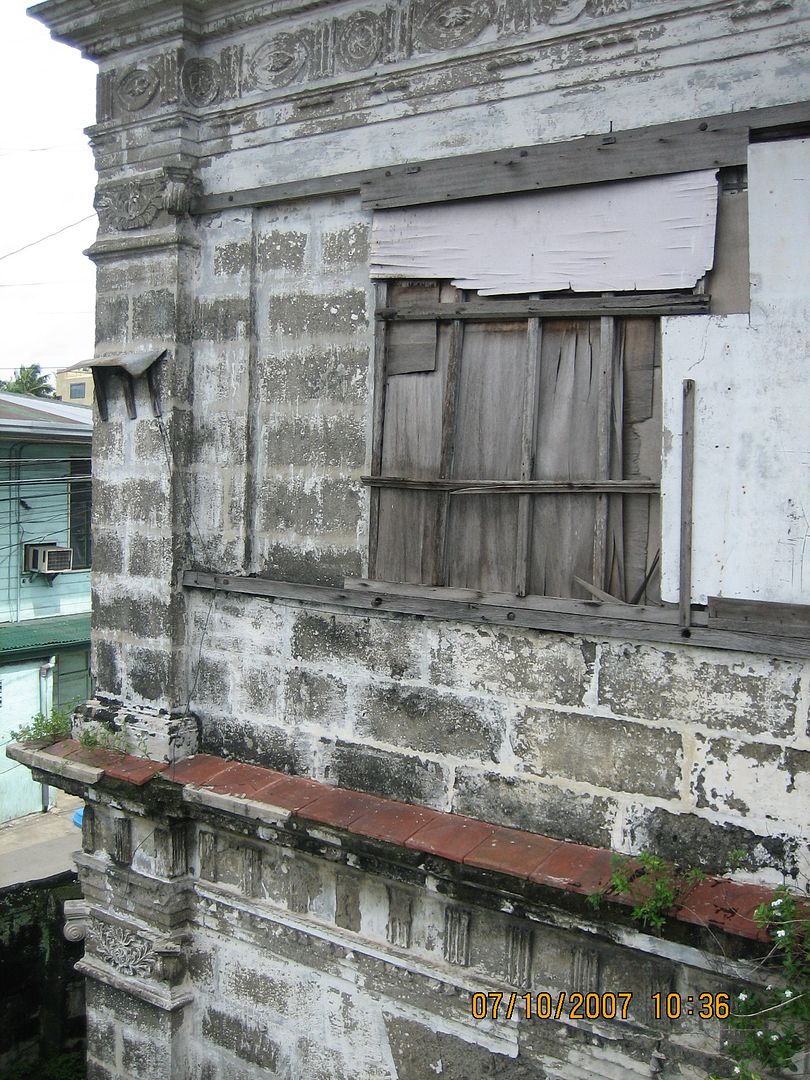
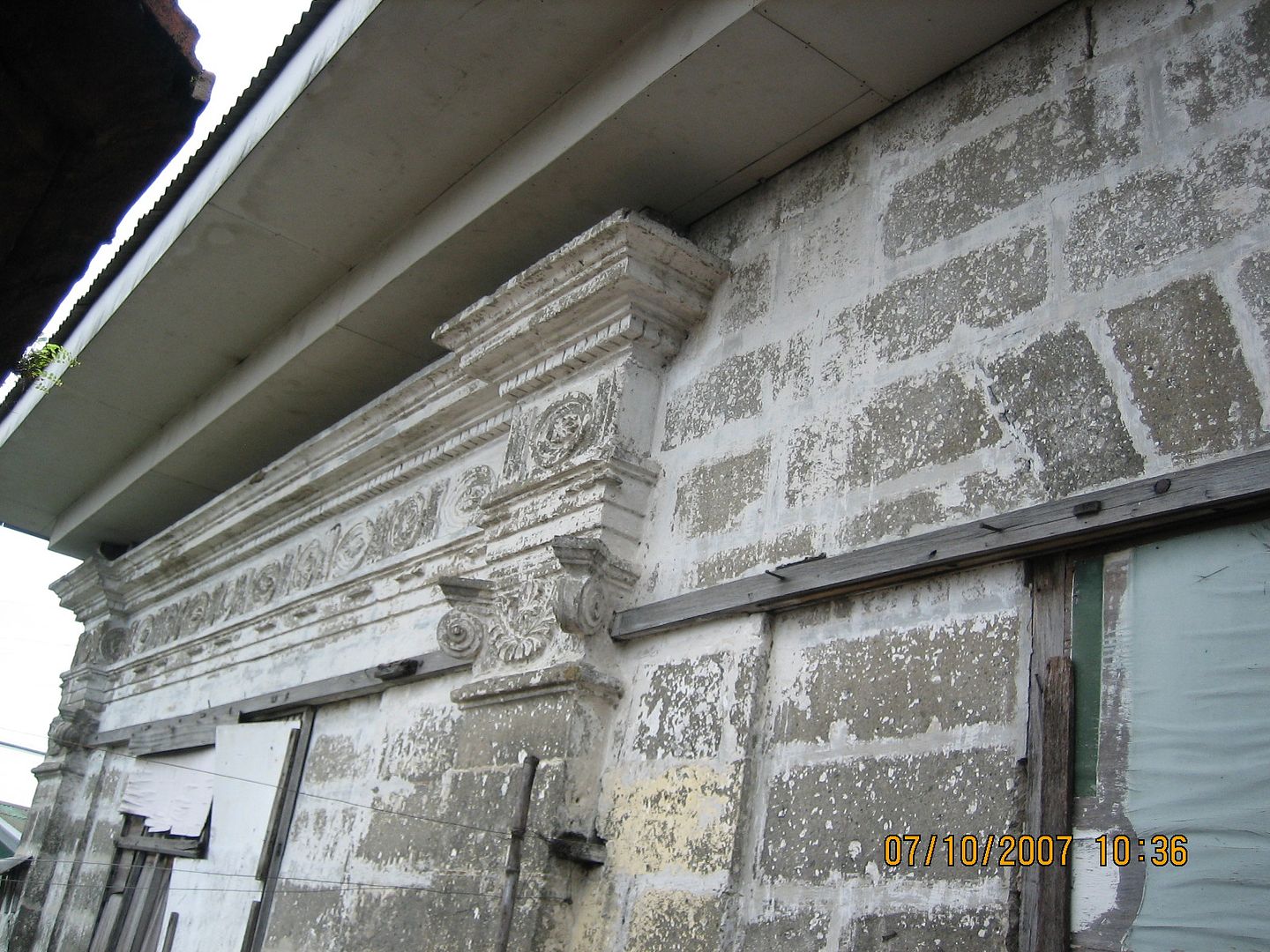
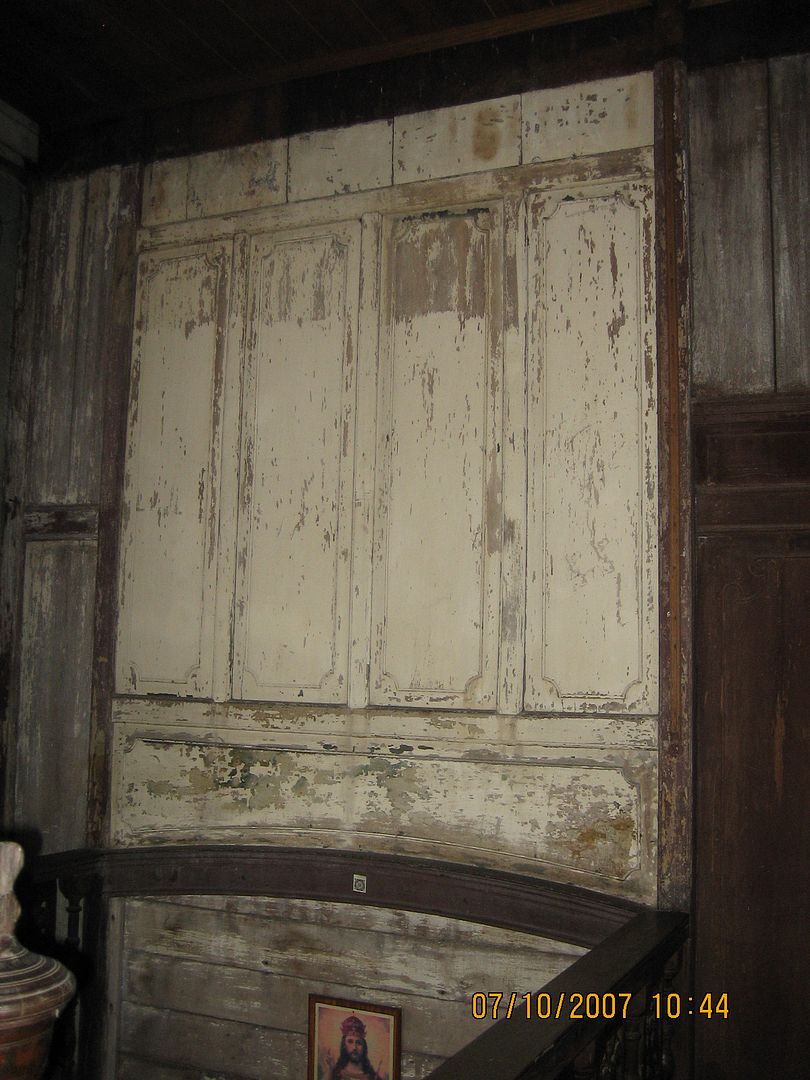
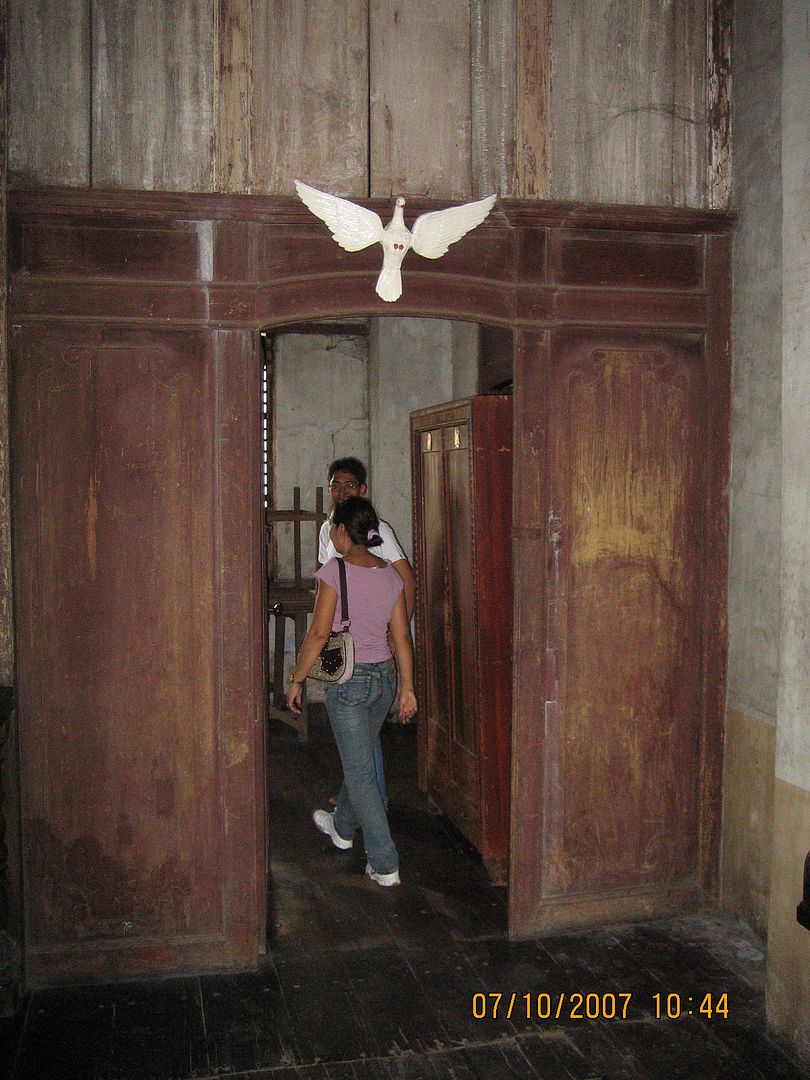
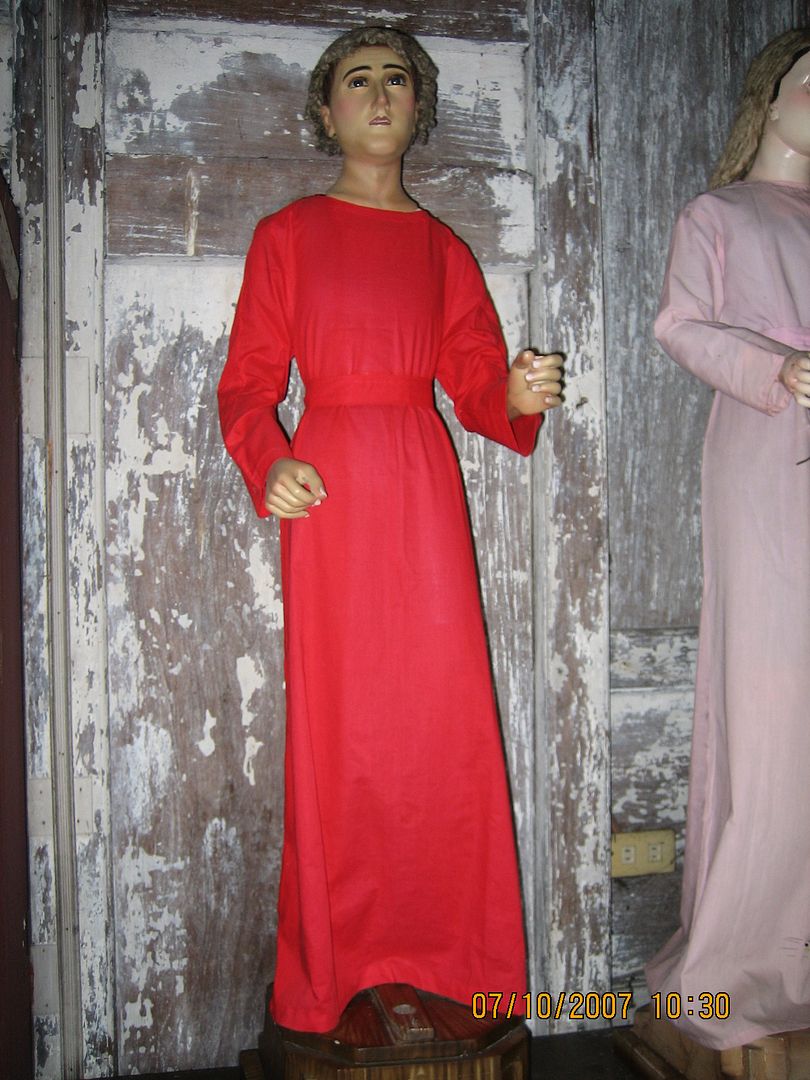
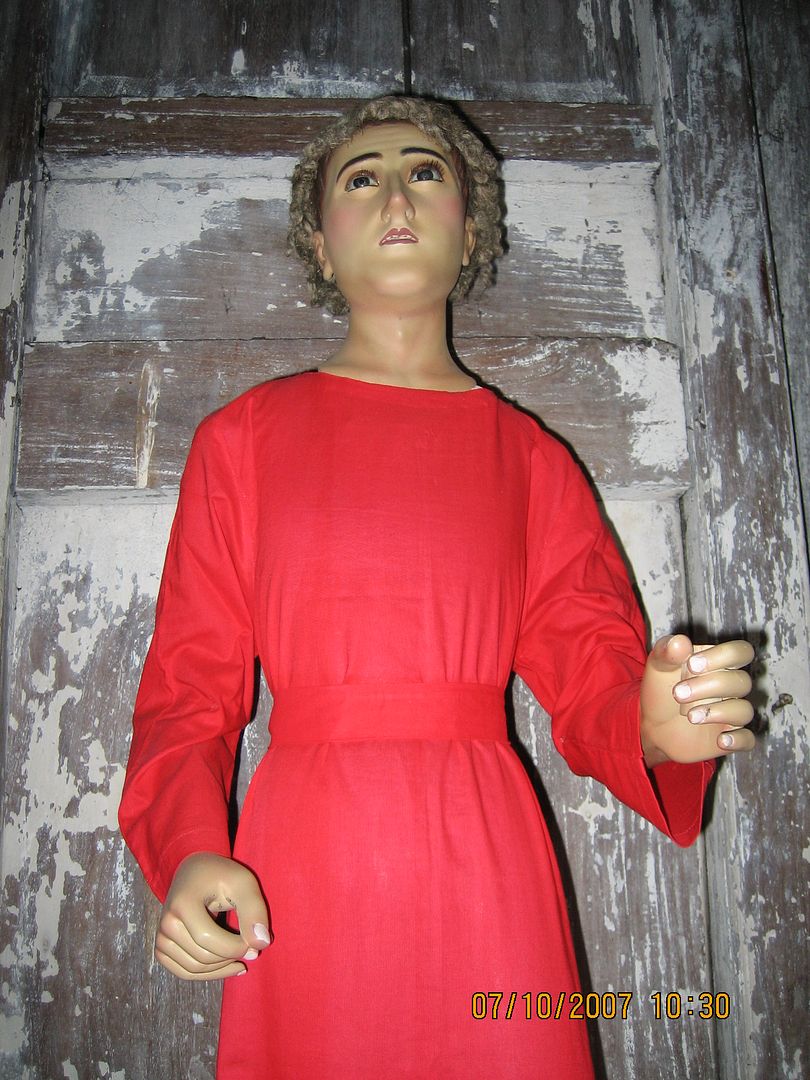
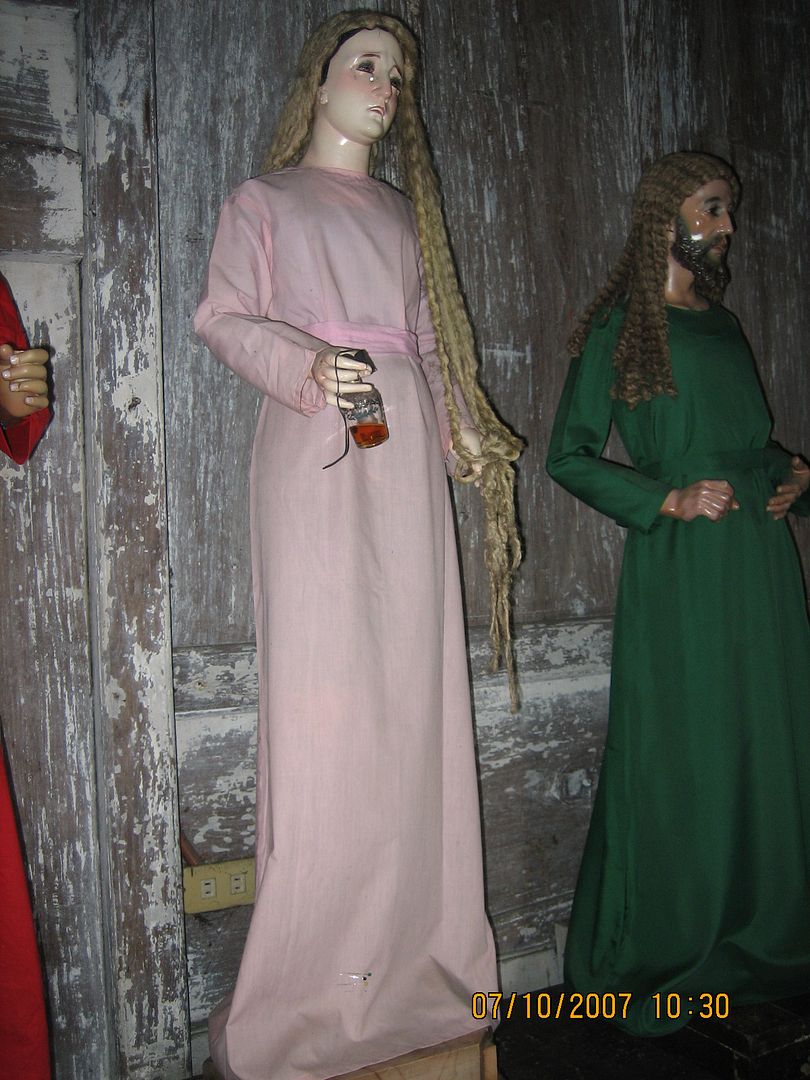
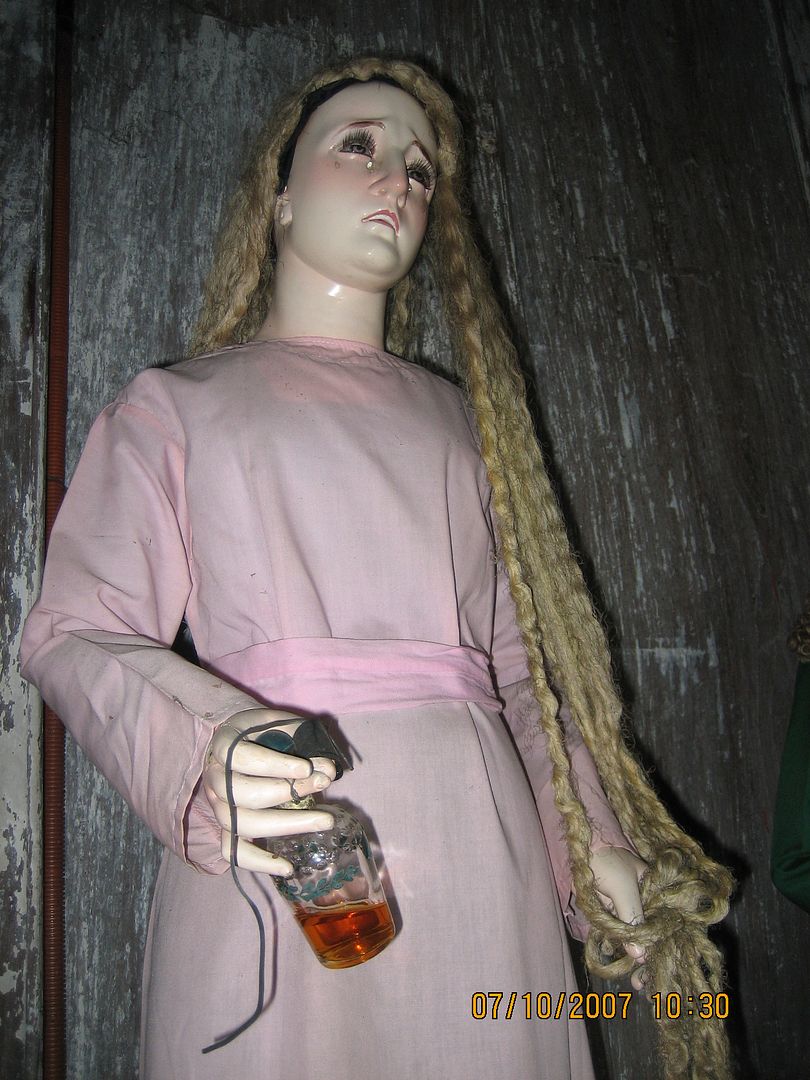
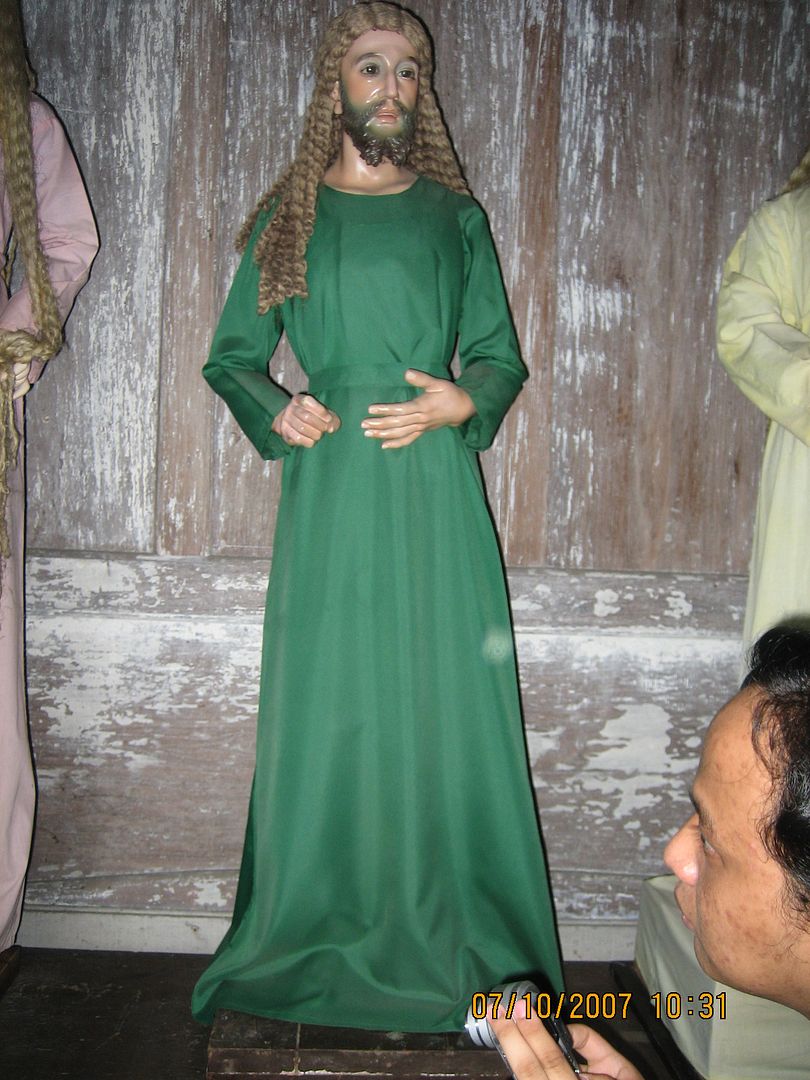


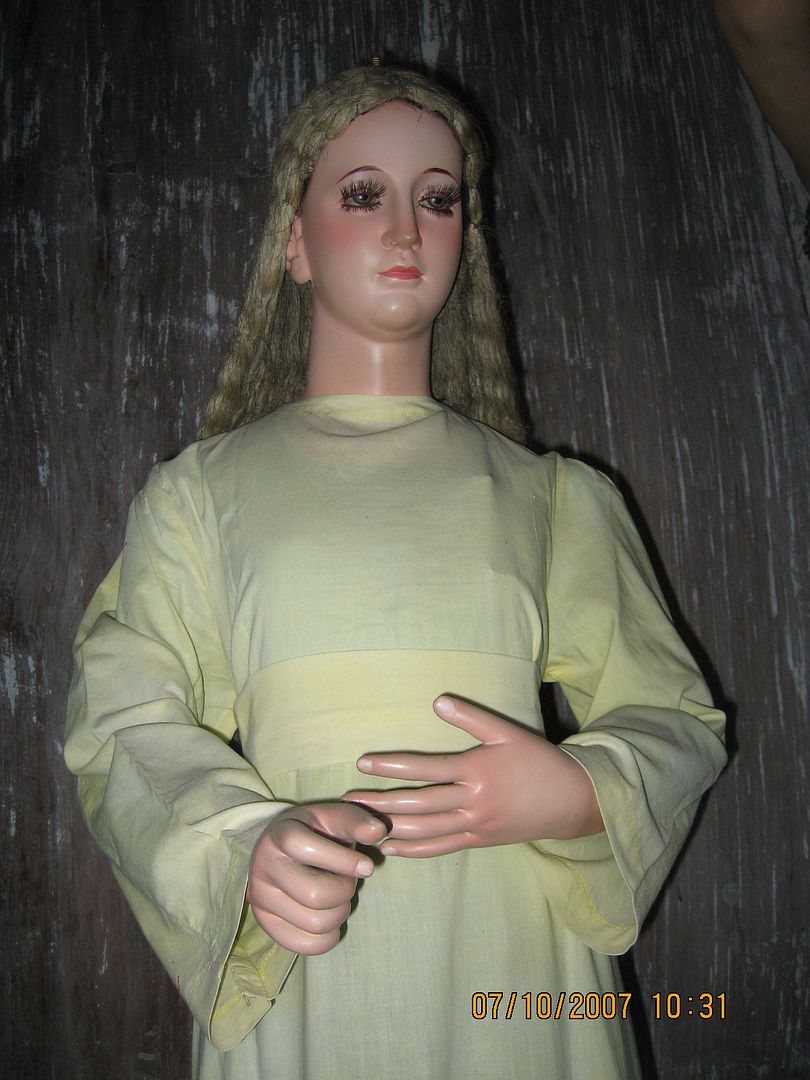
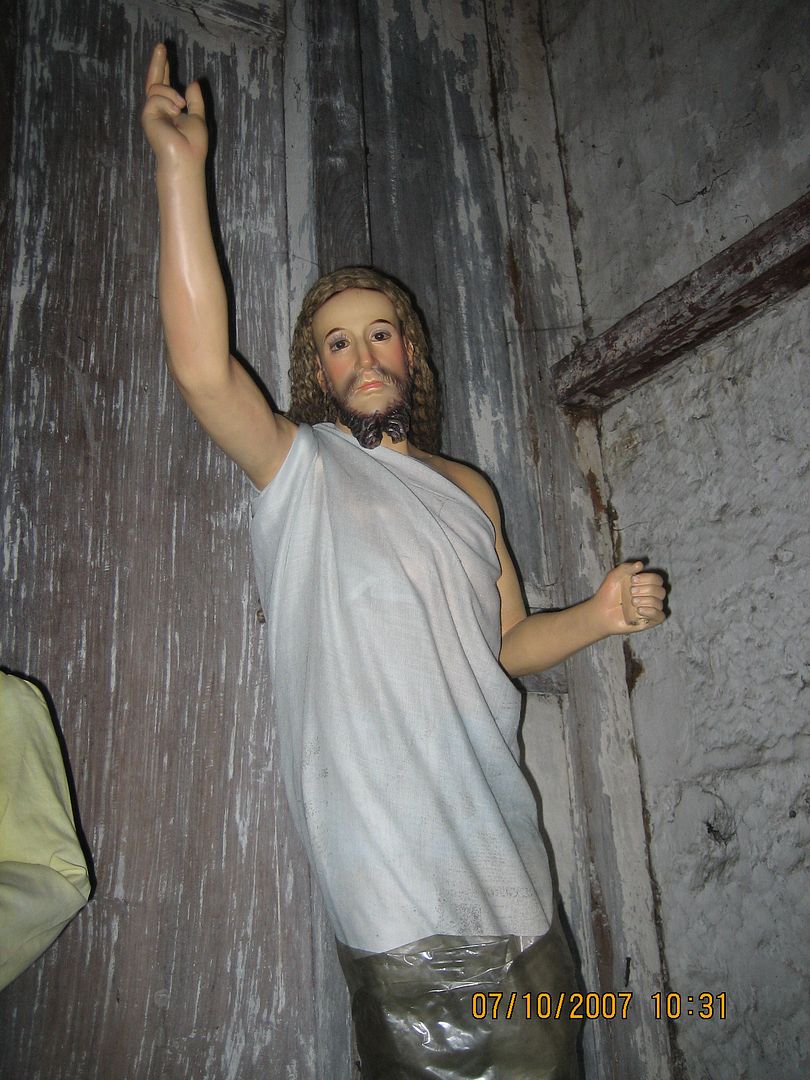



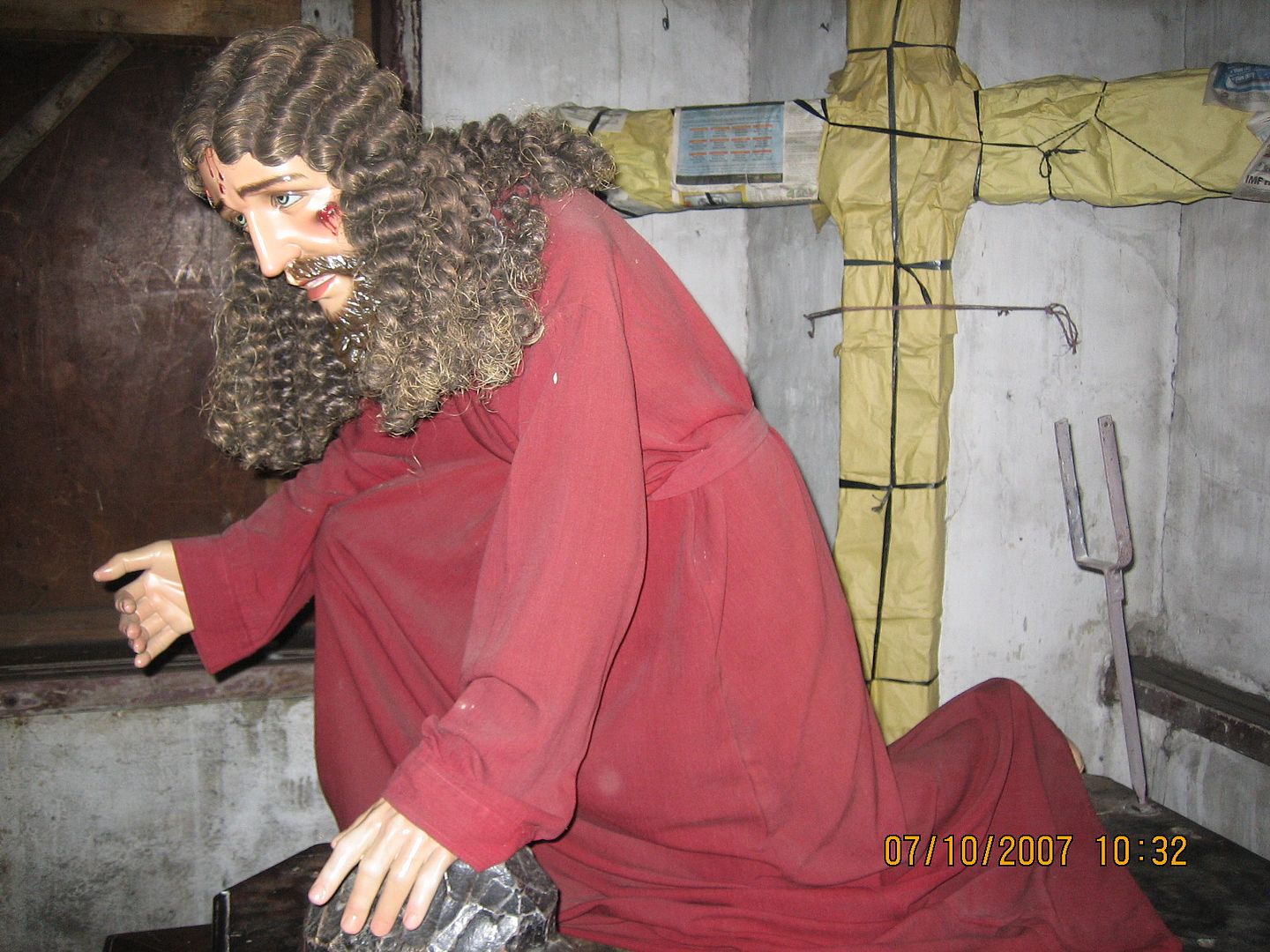

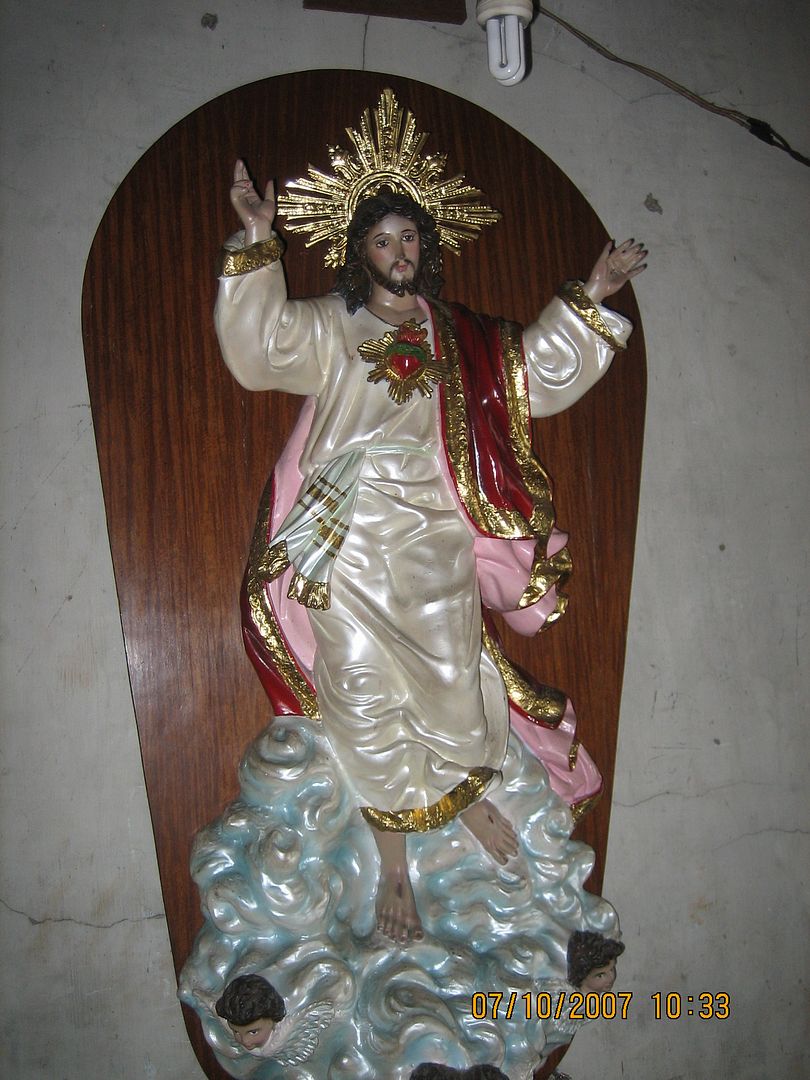
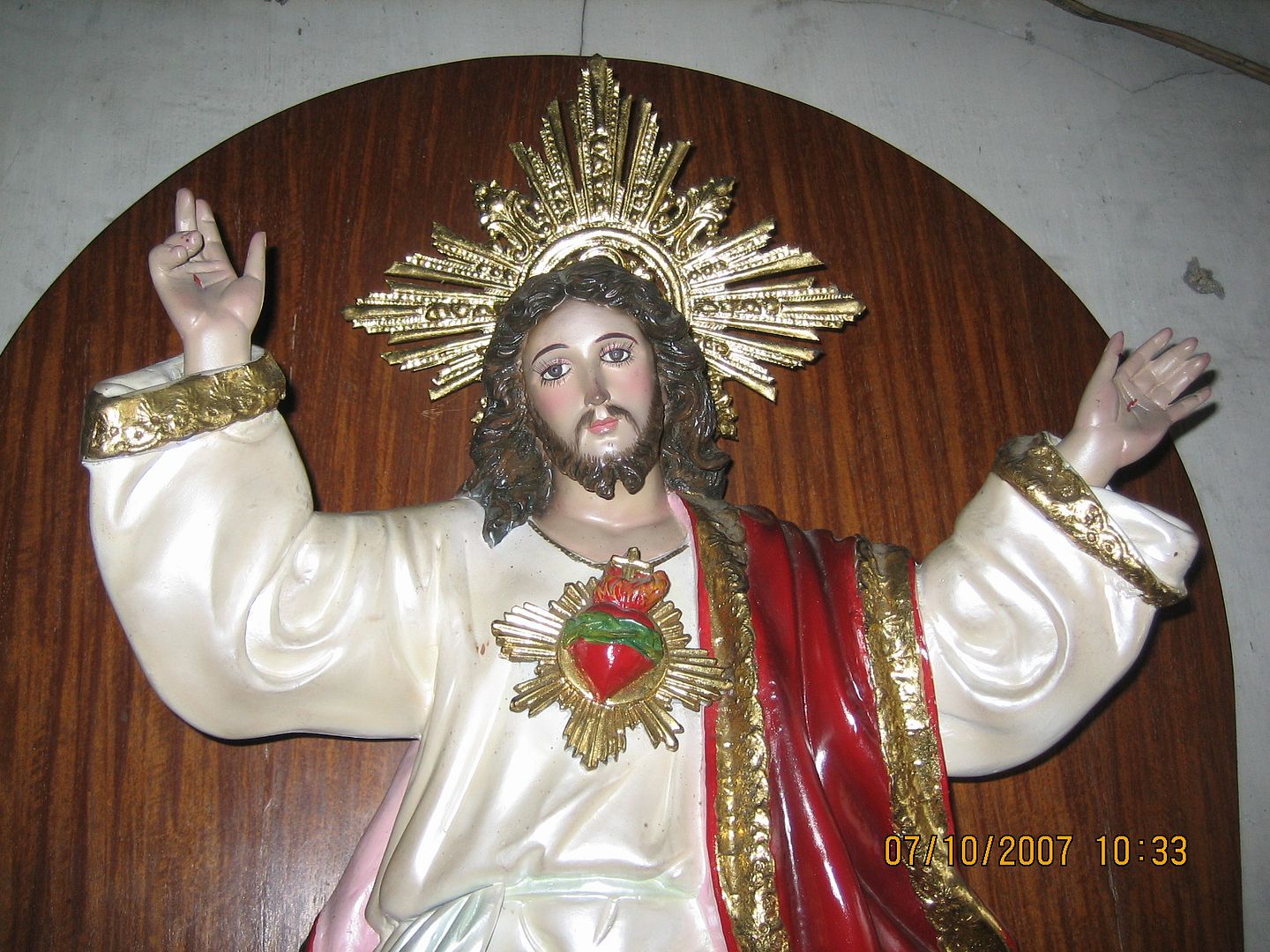




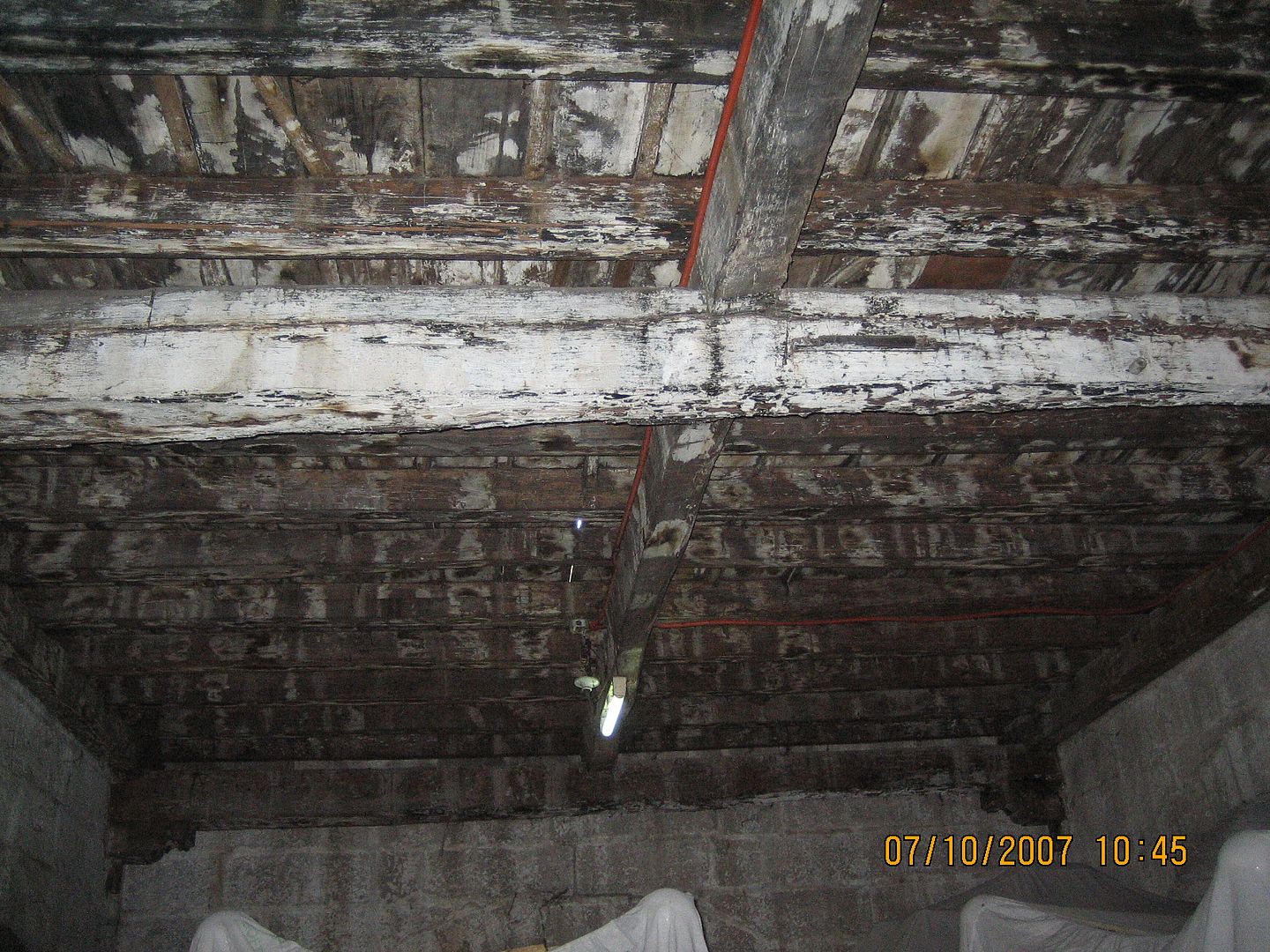
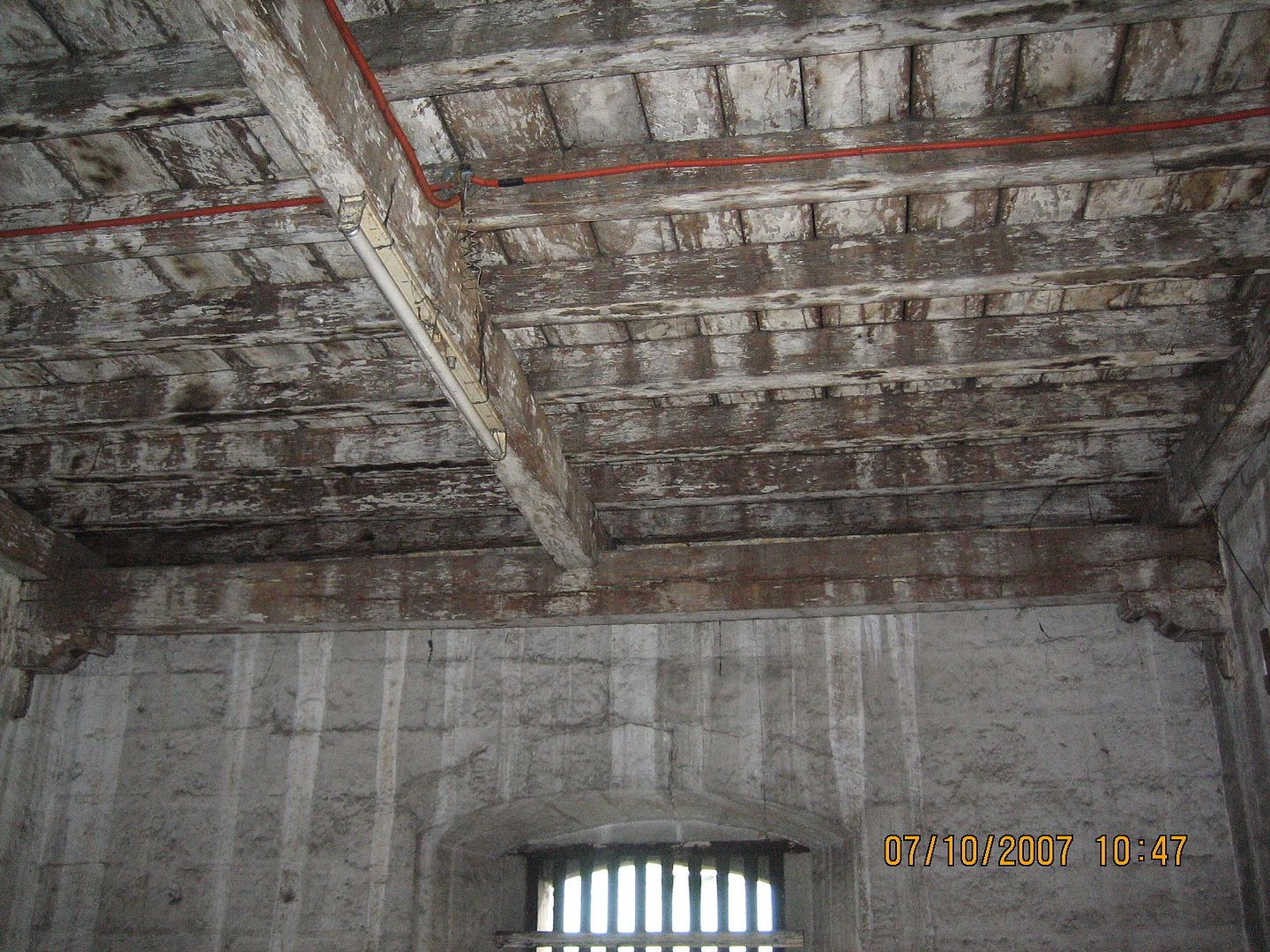
2 comments:
Nakakatuwa pong makita ko ang niloloob ng bahay tisa salamat po sa pag share ng mga pictures dito. 😊
Nakakatuwa pong makita ko ang niloloob ng bahay tisa salamat po sa pag share ng mga pictures dito. 😊
Post a Comment